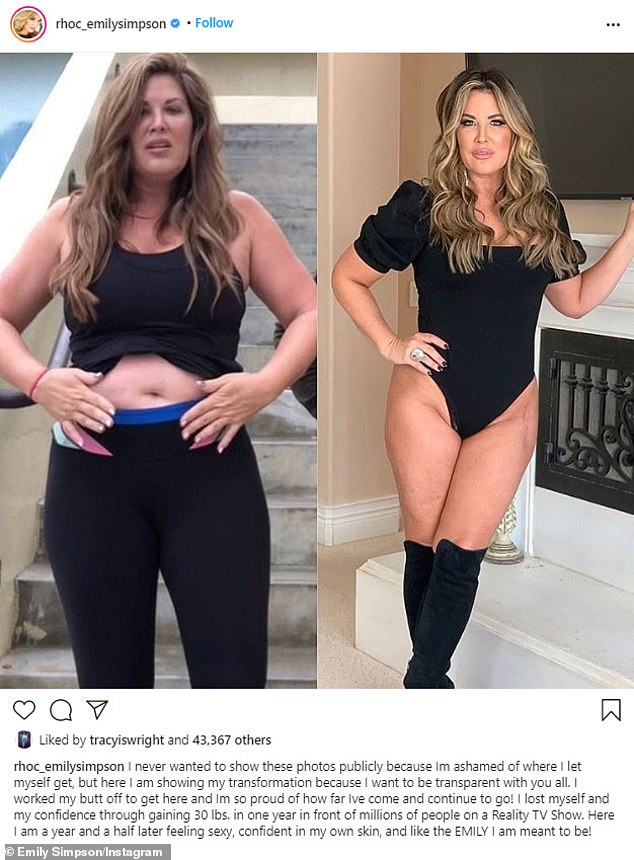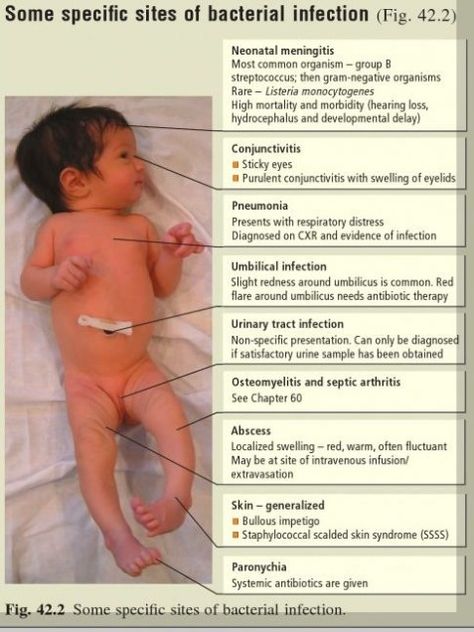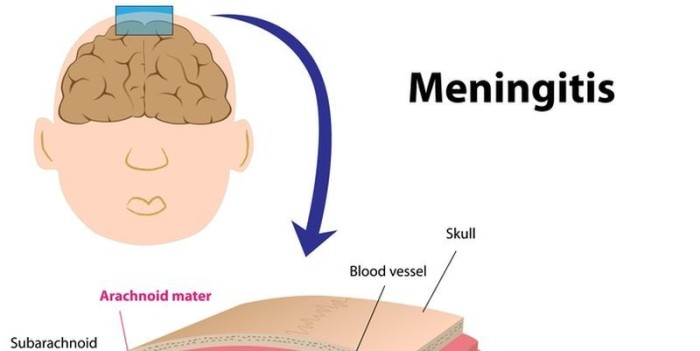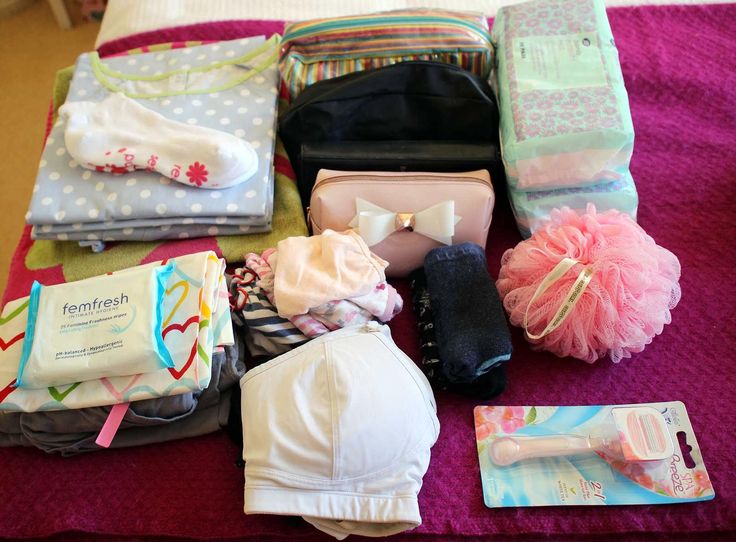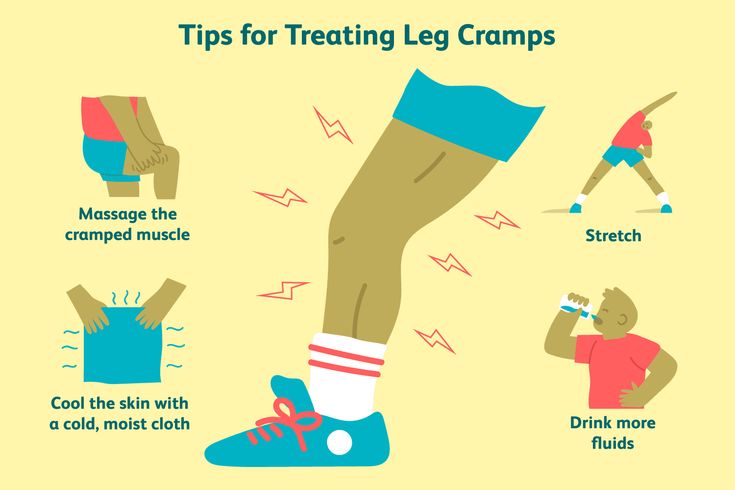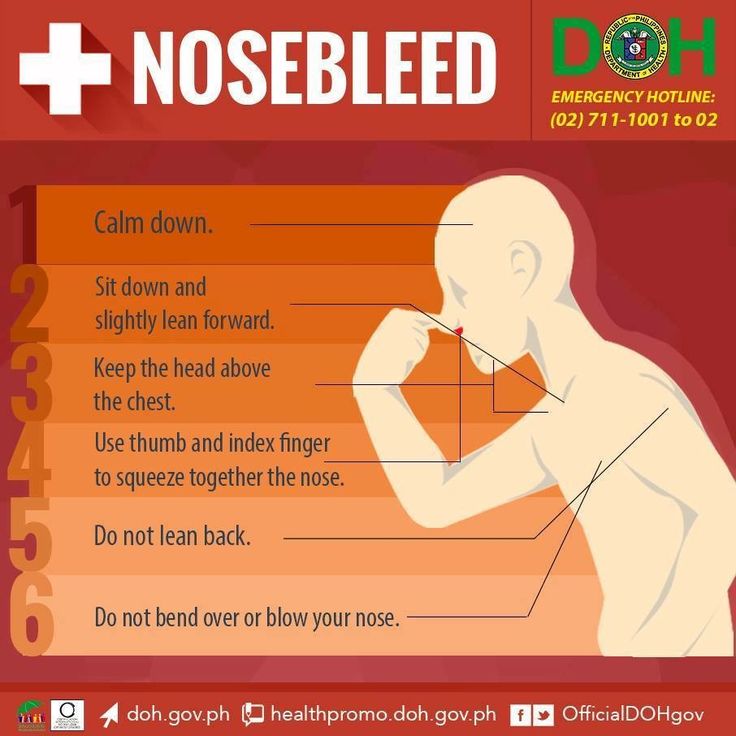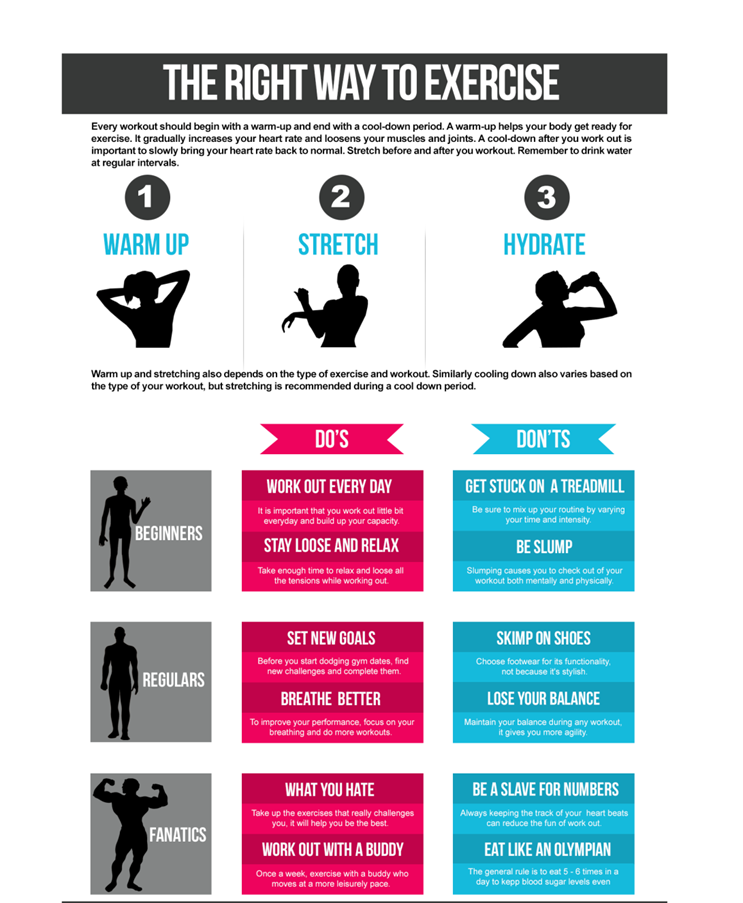How much weight loss after birth
Postpartum weight loss: Exercise and nutrition tips
After months of patiently waiting for your little one’s arrival, they’re finally here! You’re getting plenty of baby snuggles and cuddles. Baby is getting the hang of feeding and discovering new things every day. And hopefully you’re getting in naps whenever you can.
You’re starting to find your rhythm. And if you’re like many moms at this stage, you may be thinking about postpartum weight loss and how to lose extra baby weight.
The first thing you need to know is that there is no “normal” when it comes to losing weight after having a baby. Everyone is different, and there are several different factors that contribute to postpartum weight loss, like how you delivered and how quickly your body is healing.
But there are some general weight loss norms as well as nutrition and exercise tips that can be helpful to know as you settle into this next chapter.
How long does it take to lose baby weight?
Even standard, non-baby-related weight loss is gradual and can take time. And after birth, your body needs extra time to recover, so be patient with yourself. Rapid weight loss after pregnancy isn’t typical. It may take up to a year to return to your pre-pregnancy weight (if that’s your goal), but you can expect some weight loss up front.
- How much weight do you lose after giving birth? Once baby has been delivered (along with their accompanying placenta and amniotic fluid), most women lose an average of 10 to 13 pounds.
- First week after delivery: You’ll probably continue losing weight with the loss of retained fluids.
- Six weeks after giving birth: Depending on whether you had a cesarean (C-section) or vaginal birth, weight loss will vary based on activity level and diet. However, it’s recommended that you don’t lose more than a pound or two per week. More than that may be unsustainable and can lead to health issues.
How much weight can you lose breastfeeding?
While breastfeeding, women burn an average of 500 additional calories a day. This may sound like a secret formula for weight loss, but it’s important to get those calories back. Maintaining a calorie deficit (burning more calories than you take in) can leave your body without enough energy to support recovery, milk production and other important functions. But with a healthy diet and exercise plan, it’s still possible to shed some baby weight while breastfeeding.
This may sound like a secret formula for weight loss, but it’s important to get those calories back. Maintaining a calorie deficit (burning more calories than you take in) can leave your body without enough energy to support recovery, milk production and other important functions. But with a healthy diet and exercise plan, it’s still possible to shed some baby weight while breastfeeding.
When can you start working out after giving birth?
In general, women should wait until after their postpartum checkup, which typically occurs about six weeks after giving birth. Taking walks during this time and doing gentle stretches or yoga can help you slowly ease back into a pre-baby exercise routine. But your doctor will want to make sure you’re ready before starting more intense exercises and activities.
Timing depends on a few different factors, including which type of delivery you had. Some women who have uncomplicated vaginal births are able to return to exercise within a few days.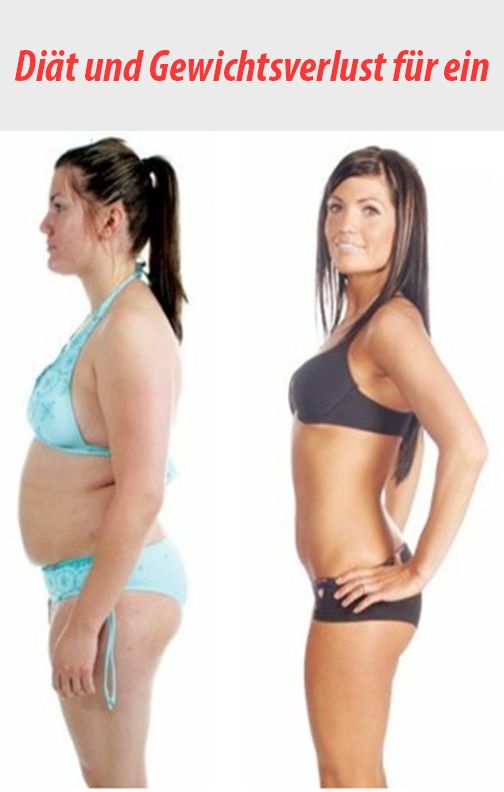 But if you’ve had a C-section, you’ll experience more limitations.
But if you’ve had a C-section, you’ll experience more limitations.
When can you start exercising after a C-section?
Because a C-section is a major surgery, it generally means a longer postpartum recovery period before you can start physical activity. Depending on your doctor’s recommendations and whether you’re experiencing pain, you may be able to start light activity around six weeks after childbirth. But you may be instructed to avoid doing anything that puts strain on your stomach, like crunches.
Postpartum exercise: Four tips for creating your workout plan
Everybody is going to approach postpartum exercise at their own pace. Whether you were already consistently active before and during pregnancy or are getting active for the first time, here are some general guidelines for creating a postpartum workout plan:
1. Take it slow
Your path of recovery is yours alone, and your body will tell you what works. If you can comfortably take a long walk as soon as you leave your postpartum checkup, great. But if the most you can handle is going up the stairs one or two extra times per day, that’s fine too.
But if the most you can handle is going up the stairs one or two extra times per day, that’s fine too.
Just make sure to take things slowly and avoid pushing yourself too hard, too soon. It can be helpful to follow a guideline like the 10% rule for distance-based activities – increasing the distance or duration of your activity by 10% each week.
2. Add your postpartum workout plan into your new parenting routine
- Exercise in small chunks. Three 10-minute periods of activity spread throughout the day are just as good as one 30-minute period. Find the times that work best for you and your family.
- Exercise with your baby. You’ve probably figured out that even the weight of a baby can tire out your muscles after a while. Use this to your advantage by holding your baby for an extra lap through the house or while doing safe exercises on your back.
- Exercise when your child is asleep It’s recommended that new moms try to sleep whenever their baby does.
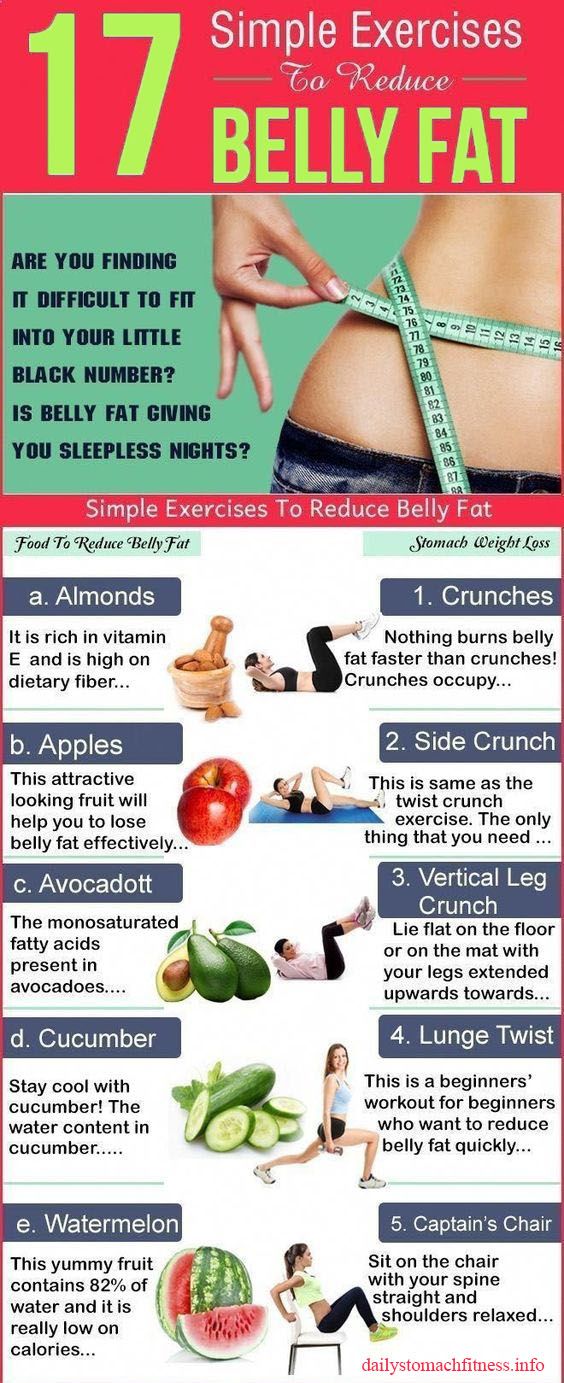 But if you’ve had some quality shut-eye, baby’s naptime might be a great time to do exercises that require more focus – or that simply require having both hands free.
But if you’ve had some quality shut-eye, baby’s naptime might be a great time to do exercises that require more focus – or that simply require having both hands free. - Add exercises to routine activities. For example, do lunges while brushing your teeth or squats while the bottle warms up. And don’t worry if you forgot to get something upstairs – embrace the extra movement.
- Make it fun. Do activities you love or make them social by inviting other friends or moms to go for walks. Or check out classes at a local gym if that works for you – some even have day care included with membership.
[See one mom’s story about how she returned to running after pregnancy]
3. Know the best postpartum workouts and exercises (and the ones to avoid)
Part of going at your own pace is choosing exercises that match it. Certain exercises and activities will complement different phases of recovery and help you get stronger more efficiently.
- When you’re starting out, low-impact activities like yoga, tai chi or walking will usually be the way to go.
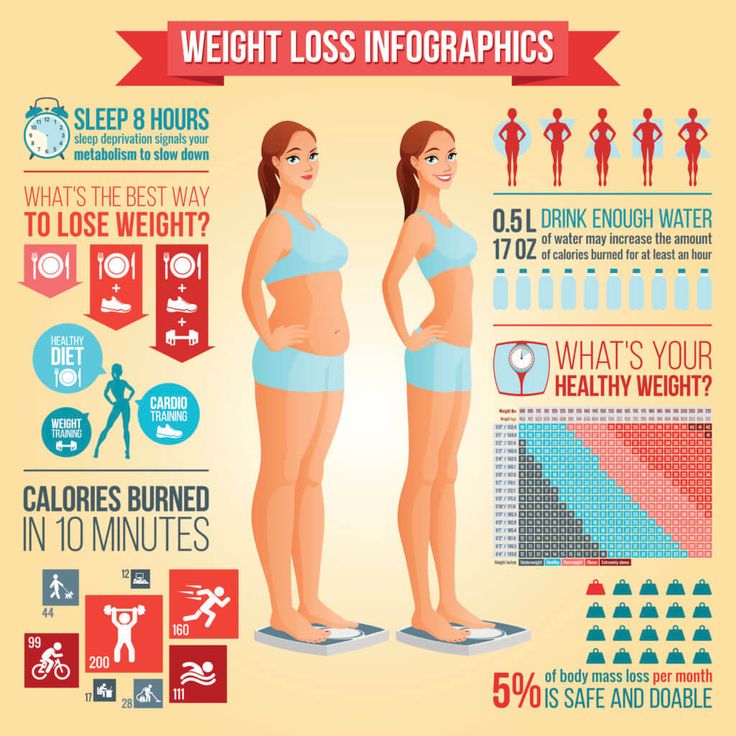 Work your way up to five to six days of activity per week. And limit your heart rate to 60% of your maximum heart rate (in beats per minute). You can estimate this by subtracting your age from 220, then multiplying that number by 0.60 to estimate 60% of your max heart rate. During exercise, you can track your heart rate with a smart watch or other activity tracker, or by counting how many pulses you feel in your wrist over one minute.
Work your way up to five to six days of activity per week. And limit your heart rate to 60% of your maximum heart rate (in beats per minute). You can estimate this by subtracting your age from 220, then multiplying that number by 0.60 to estimate 60% of your max heart rate. During exercise, you can track your heart rate with a smart watch or other activity tracker, or by counting how many pulses you feel in your wrist over one minute. - Two of the places that you’ll have lost the most strength during pregnancy are your core and your pelvic floor. Because of this, they’re especially important to focus on, but you’ll also need to be careful. With your doctor’s approval, you can start doing exercises like Kegels, bird dogs, leg extensions and pelvic tilts. Core exercises can also help correct diastasis recti, a separation of the abdominal muscles that’s common in women who have just given birth.
- Doing a combination of cardiovascular activity, strength exercises and stretching will give your body the best all-around conditioning.
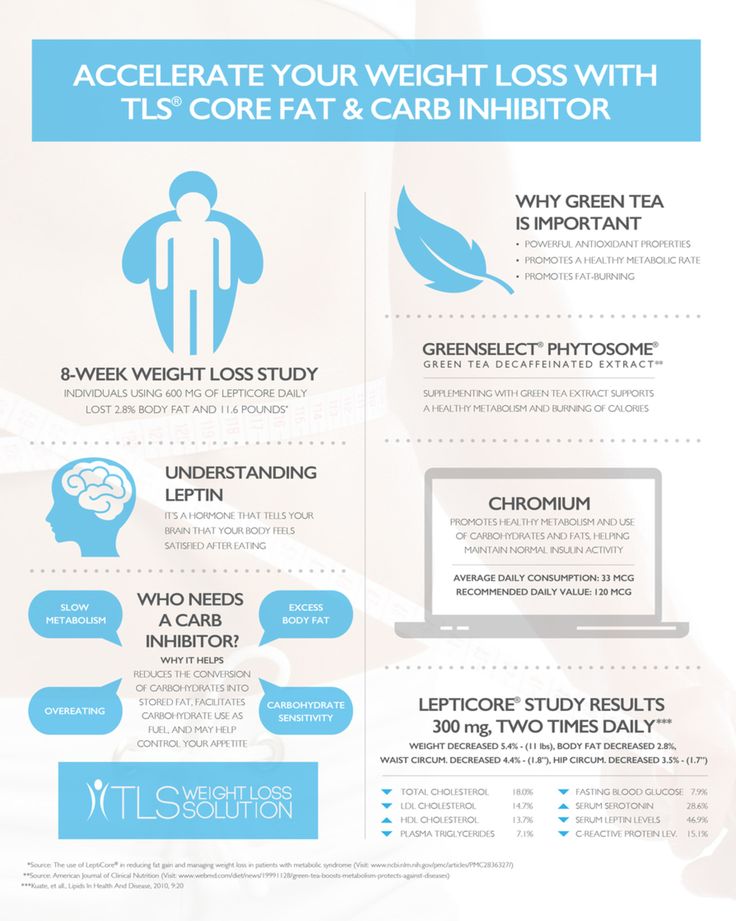 A good initial goal is 10 to 15 minutes of each throughout the day, and aiming to add no more than five to 10 minutes every week or two.
A good initial goal is 10 to 15 minutes of each throughout the day, and aiming to add no more than five to 10 minutes every week or two. - Unless you are experienced with high-intensity training and kept up with it during pregnancy, it’s best to avoid it now. And even if you are, talk to your doctor before you start. Stop your workout immediately if you feel pain or excessive fatigue.
4. Remember that rest is as important as everything else
You just delivered a baby, which is a herculean feat! It’s more than okay to rest and sleep – in fact, it’s necessary. Your body repairs itself while you sleep, making solid, deep sleep (when you can get it) very important for recovering from exercise and sustaining your weight loss efforts.
Postpartum diet: How to eat to lose weight after pregnancy and stay energized
While you may want to return to your pre-baby body, remember that maintaining a healthy diet won’t just help you lose weight. Focus on foods that will also keep you energized and provide you with key nutrients postpartum.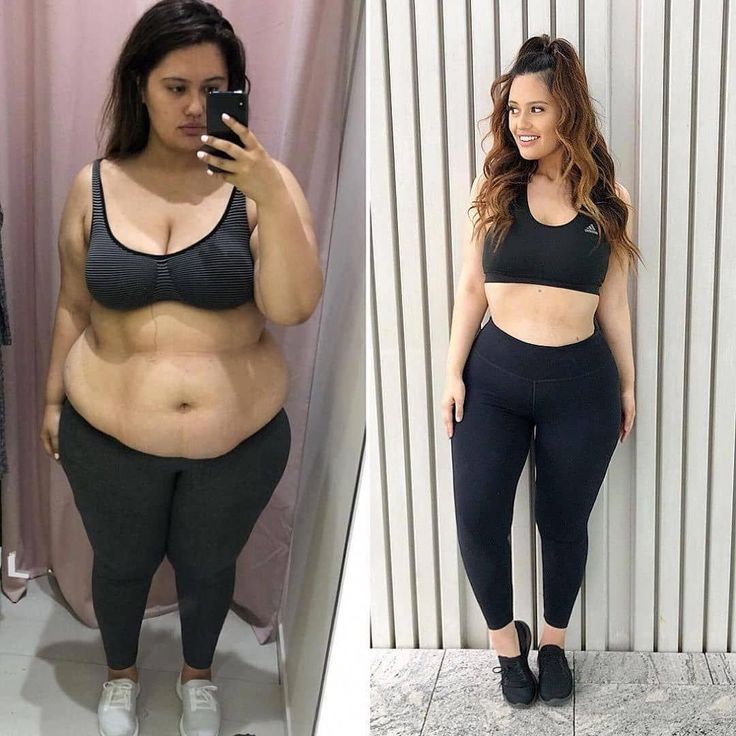 This includes:
This includes:
- Healthy protein: Adequate protein intake can help you stay full while breastfeeding and support your post-exercise recovery. Fish, chicken, nuts and beans are all excellent options.
- High-fiber foods: Whole grains, fruits and vegetables are all sources of fiber, which helps with postpartum constipation. Plus, they’re great sources of quick-burning carbohydrate energy.
- Nutritionally dense fruits and vegetables: The vitamins and minerals in fruits and veggies will help support your recovery, and those with higher water content can help you feel fuller and avoid cravings.
Foods that are important to avoid include:
- Sugar and refined carbs: As tempting as they may be, it’s best to avoid or limit sweets and refined carbs. If you like breads and pasta, opt for wholegrain over white. Try to soothe that sweet tooth with a dessert that includes fruit, nuts, whole grains or dark chocolate. A small treat once in a while isn’t going to hurt, but too much sugar and refined carbs can easily start to work against your weight loss goals.
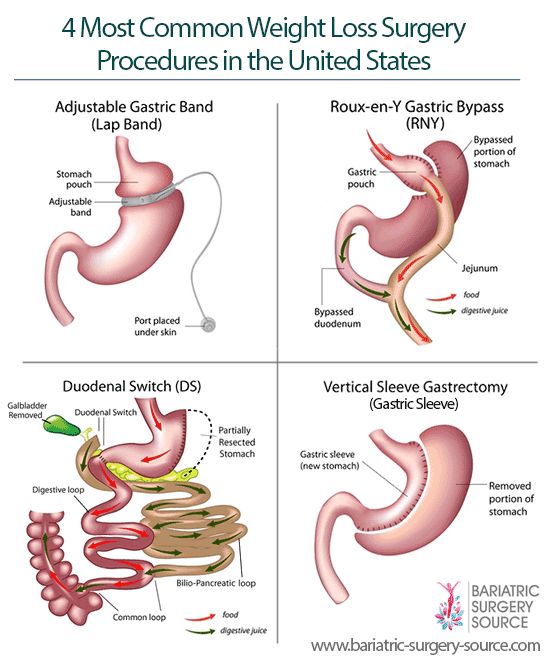
- Highly processed foods: Fast food and other processed snacks are generally high in calories and low in nutrients, making them relatively useless for supporting recovery, exercise and breastfeeding.
Nutrition tips while breastfeeding
Although breastfeeding burns calories, you want to make sure you don’t deplete yourself of essential nutrients so you can stay energized and feeling good to care for baby. Here are a few things you can do to create more harmony between breastfeeding and your nutrition habits.
- You’re going to need to drink more liquids while breastfeeding. Drink an extra five cups (1183 mL) to eight cups (1893 mL) of noncaffeinated liquids each day. A good rule to follow is to have a glass of water, milk or juice each time you nurse.
- An occasional glass of wine or a cocktail is okay and may help you relax. Remember, the alcohol can collect in your breast milk and pass to the baby, so don't overdo it. Waiting at least two hours after having a drink before breastfeeding can help minimize the amount of alcohol in your breast milk.

- As you reduce or eliminate breastfeeding or pumping, you won’t need as many calories. Consider nixing your afternoon snack or decrease the size of your meals.
How to stick to your postpartum nutrition goals
Adjusting to life with a baby can be chaotic, and it can be easy to let things fall by the wayside. But there are some things you can do to make eating healthy easier.
- Don’t skip meals: There are plenty of reasons why you might find yourself skipping (or just forgetting about) a meal or two right now. But your core meals account for a lot of necessary fuel, so going without them could result in cravings and unhealthy choices later on.
- Stick to a routine: If you feel too tired to prepare meals and find yourself snacking throughout the day, the calories can add up quickly. Stick to routine mealtimes and portions, and set aside designated healthy snacks that you know fit your nutrient and calorie needs.
- Take shortcuts: Consider purchasing a meal kit subscription service to take the stress off meal planning and grocery shopping.
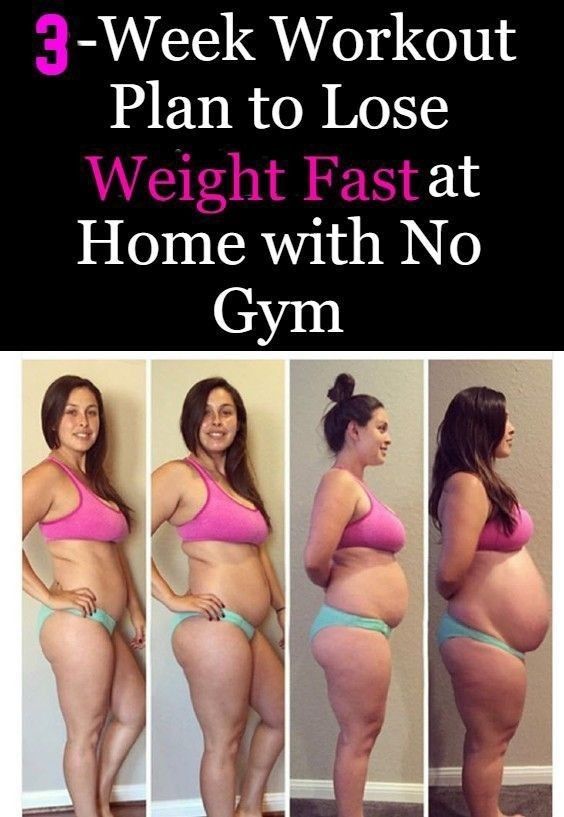 Many grocery stores also offer pre-cut vegetables and pre-cooked meats that make it easy to whip up a quick recipe.
Many grocery stores also offer pre-cut vegetables and pre-cooked meats that make it easy to whip up a quick recipe. - Ask for help: Having a baby is a huge life change, so don’t be afraid to reach out to friends and family for help. They can help you prepare meals ahead of time or go grocery shopping for you.
Your body is already normal, but if you have concerns, talk to your doctor
Your body looks exactly how it’s supposed to right now. You just gave birth! Your doctor will want to see you for a checkup around six weeks after delivery unless otherwise recommended. This will be a good time to ask about what exercise options, foods and drinks are right for your personal goals.
If you’re looking for more resources, check out our pregnancy and parenting resources guide. It can connect you with helpful information no matter where you are in your experience.
Parenthood comes with a lot of new experiences and changes. No matter how prepared you feel, it’s perfectly normal for things to surprise you. We’ll be here for you any time you have questions or need help. Our nurse lines are staffed with experienced nurses who are available 24/7.
We’ll be here for you any time you have questions or need help. Our nurse lines are staffed with experienced nurses who are available 24/7.
HealthPartners patients can call 800-551-0859. Park Nicollet patients can call their clinic directly during business hours and 952-993-4665 after hours. And if you have questions or need advice about taking care of your new baby, our BabyLine is also available 24/7 at 612-333-2229.
Losing Weight After Pregnancy | Pampers
If you’ve recently given birth, you may be eager to lose some of that baby weight. The good news is that with good nutrition, exercise, and a little patience, you can drop most of the weight you gained during pregnancy. Read on to learn all about how to safely lose weight after having a baby and how long that might take, as well as how breastfeeding can help shed some pounds.
How Much Weight Might You Need to Lose?
Before you start your weight loss journey, it’s helpful to know where your pregnancy weight gain actually comes from.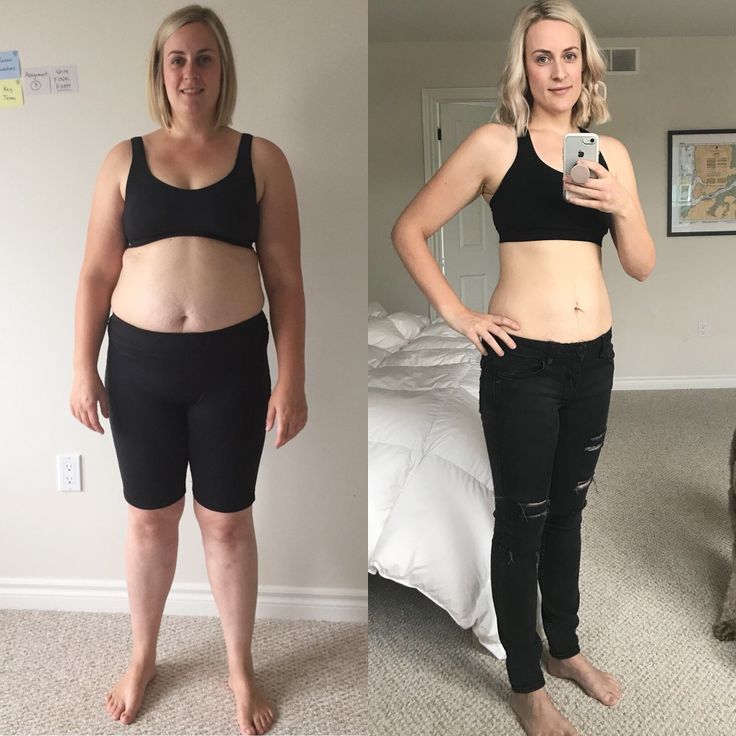 Yes, your cravings for ice cream may play a role, but you may actually have less weight to lose than you think!
Yes, your cravings for ice cream may play a role, but you may actually have less weight to lose than you think!
Your baby, for example, contributes about 7 to 8 pounds to your “weight gain” and the rest is associated with
larger breasts (1 to 3 pounds)
larger uterus (2 pounds)
placenta (1.5 pounds)
amniotic fluid (2 pounds)
increased blood volume (3 to 4 pounds)
increased fluid volume (2 to 3 pounds)
fat stores (6 to 8 pounds).
Your recommended weight gain during pregnancy involves factors such as your pre-pregnancy body mass index, or BMI, and whether you are pregnant with one baby or two.
How much weight you actually gain during pregnancy can depend on many other factors, such as general health status and lifestyle choices such as doing prenatal exercise and following a healthy pregnancy diet.
Because everyone’s situation is unique, it’s safest to speak to your healthcare provider about how many pounds it’s recommended for you to gain during pregnancy, as well as how many pounds it’s healthy to lose afterwards.
How Long Will It Take to Get Back Into Shape?
The good news is that you might lose as much as 20 pounds (9 kg) in the first few weeks after giving birth. On average, new moms lose around 13 pounds (6 kg) due to the baby’s weight, the amniotic fluid, and the placenta when giving birth. The week after you deliver, you’ll likely shed several more pounds as you lose other retained fluids, like any extra water you’ve retained or the extra blood your body produced during pregnancy.
Although you’ll notice your weight drops very quickly to start with, you may find the scale seems to get stuck. It will take several months to shift the fat you gained during pregnancy.
It might take about 6 to 12 months to get close to your pre-pregnancy weight. Losing one to two pounds a week is what experts recommend as healthy for most women.
Your body needs time to recover and heal after pregnancy and childbirth, so try not to rush the process. It's a tremendous accomplishment to carry and nurture a baby during the weeks and months of pregnancy, so avoid putting pressure on yourself to “bounce back” into shape immediately.
It's a tremendous accomplishment to carry and nurture a baby during the weeks and months of pregnancy, so avoid putting pressure on yourself to “bounce back” into shape immediately.
Tips for Losing Weight After Pregnancy
Just like at any other time in life, losing weight after pregnancy means using up more calories than you consume. You can lose the extra pounds gained during pregnancy by combining consistent healthy eating habits with regular postpartum exercise over the course of several months.
Nutrition
First of all, it’s important to avoid crash diets or drastic calorie restrictions as your body needs the energy and nutrients from healthy food to recover after pregnancy and childbirth.
For sustainable weight loss, focus on reducing portion sizes, avoiding sugary and salty meals and snacks, and following a healthy diet that includes
lean protein from a variety of sources
whole grains
fruits
vegetables.
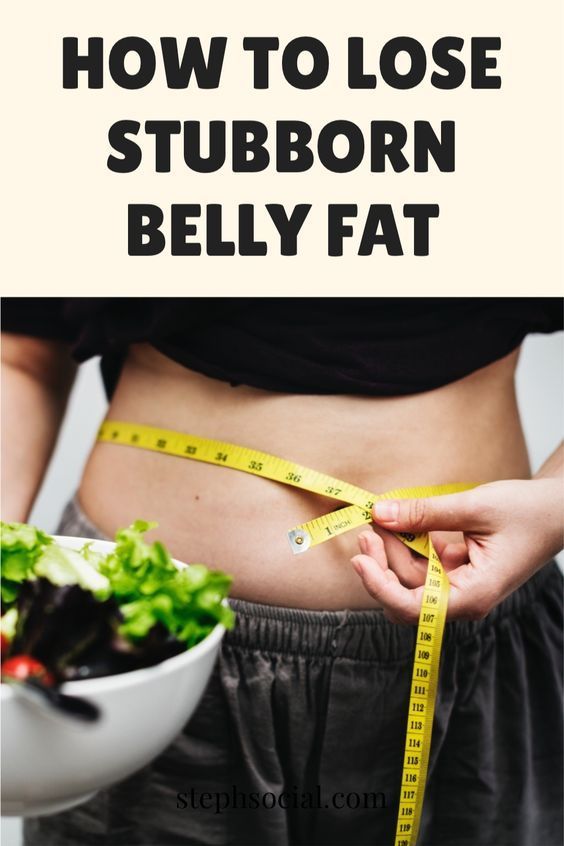
If you’re eating pretty well but still struggling to shake those last few pounds, experts recommend cutting back on any of those extra treats that are sneaking into your diet like desserts, fried food, and sodas.
Your healthcare provider can give you a personalized postpartum diet to follow if you need specific guidance on what to eat.
Exercise
Exercise, when coupled with a healthy diet, can help you get back into shape. It also has other benefits, like boosting your energy levels, improving your mood, reducing stress, and helping you become strong and fit.
Talk to your healthcare provider before beginning or resuming exercise after childbirth. Once you get the all-clear you can start exercising whenever you feel ready. Some new moms can start to work out sooner than others, even a few days within vaginal delivery. Just listen to your body.
You may need to wait longer if you had a complicated labor or delivery. For example, if you had a cesarean section, your healthcare provider may recommend waiting about four to six weeks before starting to exercise again.
Once you are ready to get started, follow these tips for postpartum exercise:
Get back into exercise slowly. There is no need to rush back into exercise. Just take it slow and easy at first, and at a pace that suits you. Listen to your body and gradually work your way up to more challenging workouts.
Involve your baby. It’s not always easy to find the time to exercise with a little one around, so why not include your baby in your new movement routine? A brisk daily walk with your baby in his stroller is a great way to get back into moving again. Or, you could do postnatal yoga with your baby on the floor next to you on a blanket or in a swing or bouncer if you have one.
Exercise with others. Why not plan to meet up with friends or a family member and go for a walk together, or join a postpartum fitness class so that you can meet other moms and work out as a group. Exercising with others can be more fun, and it gives you a chance to combine exercise with socializing.
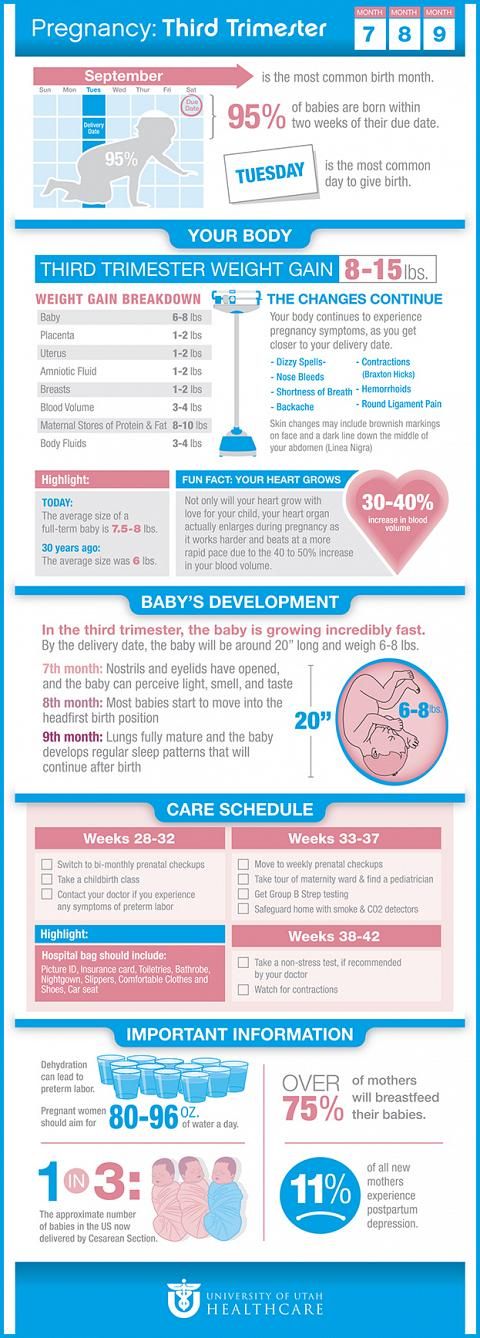
Feed your baby before exercising. If you’re breastfeeding, you may want to feed your baby before your workout. This way you won’t have to worry about the discomfort of engorged breasts.
Aim for 60 to 90 minutes of moderate exercise daily. Experts recommend getting moving most days of the week. This can include walking, biking, swimming, or even doing physical chores like gardening. It can be super hard to juggle your time while caring for a baby, so it might help to split your exercise up into of 30-minute chunks. For example, do a 30-minute yoga, strength training, or aerobics video at home in the morning, go on a 30-minute walk with your baby during the day between his naps, and then do some housework that gets your body moving later in the day. This is just an example—with some trial and error you’ll figure out what works for you and your family.
Add gentle strength training and core exercises. Consider adding pelvic floor exercises to help strengthen your core, and ease into strength training with the help of a video or an app, or working with a personal trainer.
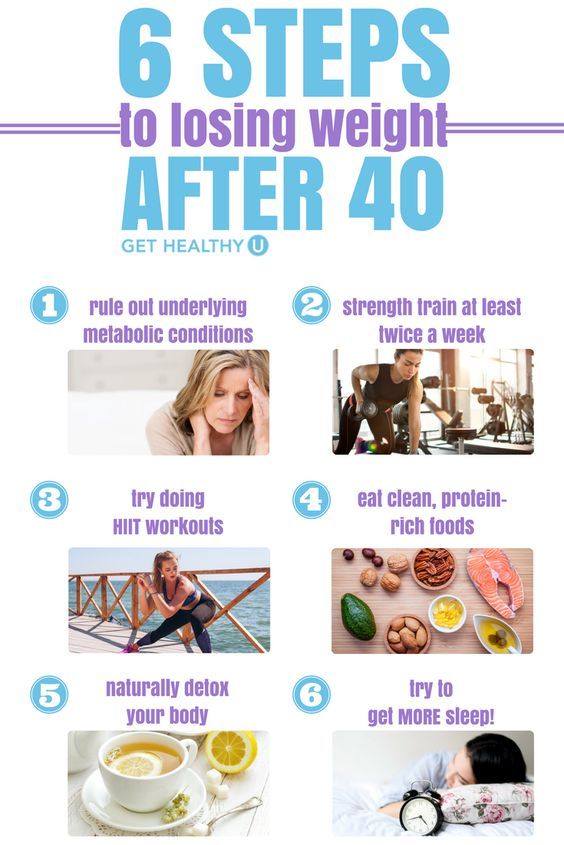
Ask for help. When you want to go for a run or take a class at the gym, for example, have your partner, a babysitter, or a family member watch your baby. Beyond the benefits of exercise, you might enjoy the “me time” this gives you. And, if you loved exercising before your pregnancy, you might be really looking forward to getting back to doing these workouts now that your baby is born. It can be tricky to juggle, but with a little help you may be able to incorporate the exercise you love most into your week.
Spice it up. It can be hard to stay motivated with exercise if you don’t enjoy what you’re doing. But exercise doesn’t have to be boring! Check out all our postpartum workout ideas and try a few to see what works for you.
Getting Help From Your Healthcare Provider
Diet and exercise are the best ways to lose weight healthily for most women, but in some cases, your healthcare provider may need to step in. The following options might be considered if you have a BMI above 30 or have certain medical conditions along with a high BMI.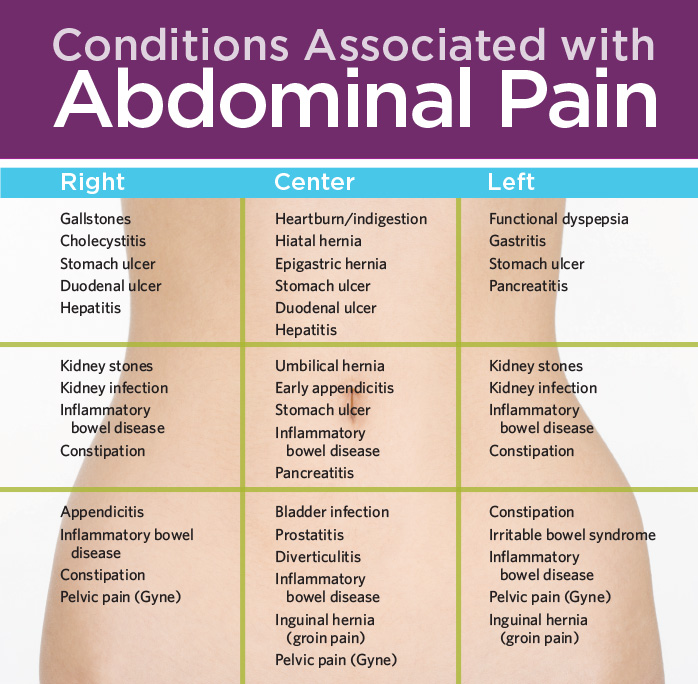
Medication. If you haven’t been able to get your BMI below 30 with lifestyle changes alone, your healthcare provider may prescribe medication to help with weight loss.
Surgery. This may be recommended by your healthcare provider only if medications don’t work, and if you have an exceptionally high BMI.
Your healthcare provider may be able to help you with things like meal plans, safe exercises you can do in the postpartum period, and guidance on how much weight is safe for you to lose in a given time frame.
Can Breastfeeding Help With Postpartum Weight Loss?
The good news is that breastfeeding can help you lose some of that baby weight. When you breastfeed, you are using the fat cells stored in your body along with calories you’re consuming in your diet to create milk for your baby.
Just keep in mind that aggressive weight loss (by cutting too many calories, for example), can reduce your breast milk supply so you definitely want to avoid this.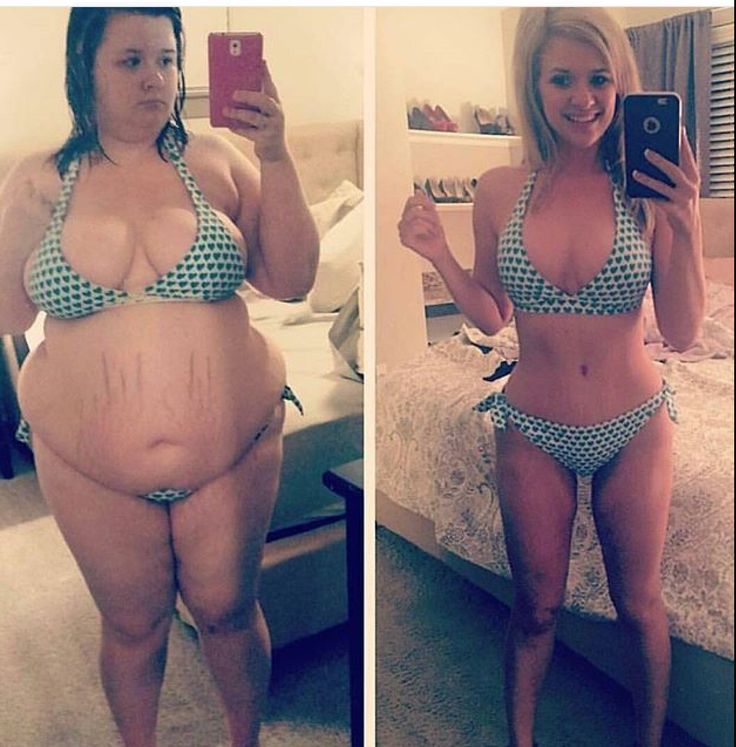
Breastfeeding is all about keeping your little one nourished, so try to follow a breastfeeding diet that helps both of you stay healthy.
The Bottom Line
Weight gain during pregnancy is necessary and natural, but it's understandable to want to lose weight after having a baby. As long as you have a healthy lifestyle and follow your healthcare provider’s advice, you’ll find that the weight will gradually come off, and slowly you’ll get back to your pre-pregnancy weight.
The key is to be patient with yourself and your body. Eat well and exercise because it makes you feel great, and focus on how amazing your baby is as well as all the good things in your life right now. Your postnatal well-being is as important as the number on the scales, so be kind to yourself and give your body enough time to adjust.
How We Wrote This Article The information in this article is based on the expert advice found in trusted medical and government sources, such as the American Academy of Pediatrics and the American College of Obstetricians and Gynecologists.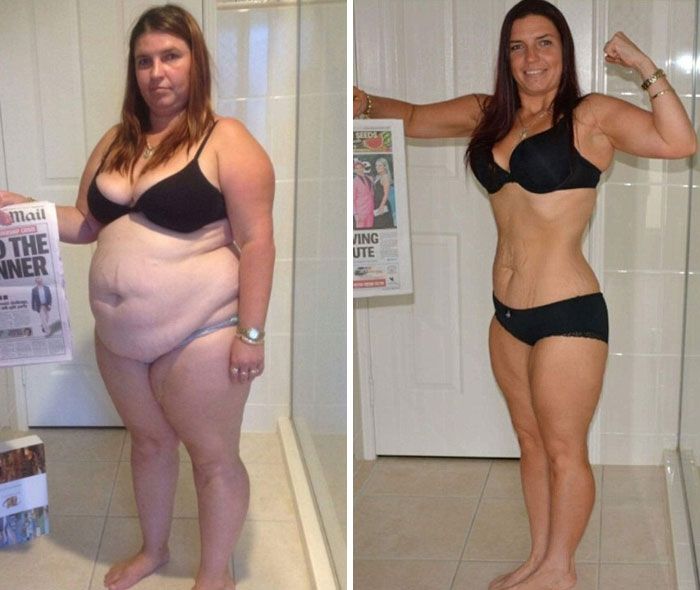 You can find a full list of sources used for this article below. The content on this page should not replace professional medical advice. Always consult medical professionals for full diagnosis and treatment.
You can find a full list of sources used for this article below. The content on this page should not replace professional medical advice. Always consult medical professionals for full diagnosis and treatment.
How to lose weight after childbirth - Ekaterininskaya Clinic
Pregnancy and childbirth are happy periods in the life of every woman.
However, it is not uncommon for these events to make a significant difference in a woman's appearance, most often in the form of weight gain. And this is no accident, because the hormonal changes that are associated with pregnancy contribute to this process.
The main participants in the restructuring of metabolism are the hormones progesterone, insulin and prolactin. It is they that cause the activation of the processes of fat synthesis in the body of a woman, an increase in appetite and fluid retention. Ideally, if a woman before pregnancy had a normal weight (height minus one hundred - one hundred and ten) and weight gain for 9months was no more than 12 kg.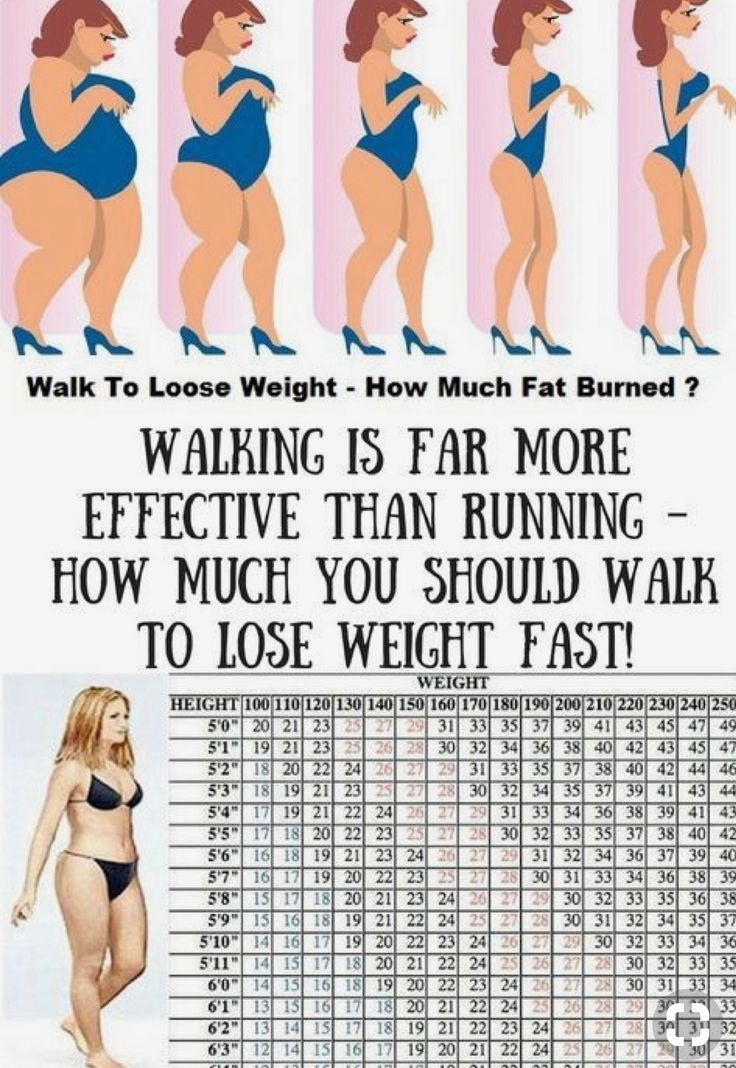
- Immediately after birth, about should go away 7 kg is the weight of the baby and amniotic fluid.
- The remaining 5 kg excess weight should "split" on their own within the next 6-12 months after childbirth due to the return of hormonal levels to those before pregnancy.
- However, if the body weight of the expectant mother was already significantly higher than the norm before conceiving a child, then the chance to add for 9months 25-30 kg becomes much higher.
In any case, if, after coming home from the maternity hospital, a young mother finds that the weight exceeds the desired figures, then you should not be upset. No matter how much it differs from the norm - by 30 kg or by 5 - the rules for losing weight are the same for everyone - slowly and gradually - no more than 0.5 - 1 kg per week.
First of all, you need to review your diet compared to what it was for 9 months.
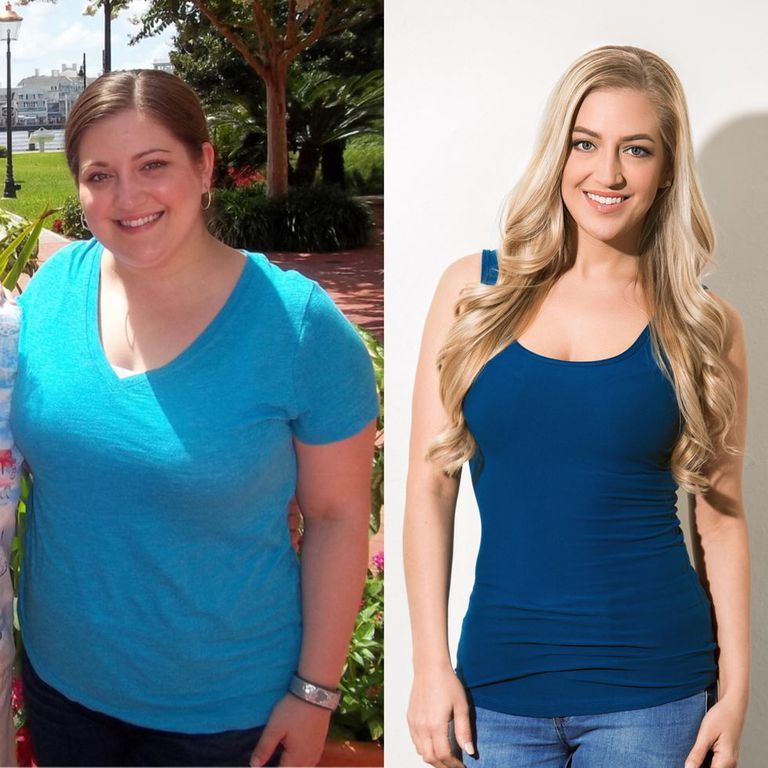
It is necessary to draw up a new menu taking into account whether the mother is lactating or the child is bottle-fed. Of course, you should not rush to lose weight for a nursing woman, since the lactation hormone prolactin prevents rapid weight loss.
The calorie content of the diet of a nursing woman differs by 500 - 600 kcal from that of a non-lactating woman, and is about 2000 -2200 kcal, which is exactly what is needed in order to provide energy value for the synthesis of breast milk.
Not all foods are "suitable" for breastfeeding mothers due to the digestive needs of infants. Some foods can cause bloating, nervous system overexcitation, or allergic skin rashes in a child. These include:
- raw red vegetables and fruits
- nuts
- citrus fruits
- seafood
- coffee
- chocolate
- confectionery
The diet of non-nursing young mothers for weight correction ranges from 1300 to 1600 kcal depending on body weight.

The menu should contain a sufficient amount of protein and slow carbohydrates - they contribute to a good feeling of satiety with a low calorie content of the diet. From meat of low-fat varieties, you can cook various types of meatballs, dumplings, cutlets, the delicate structure of these dishes makes it easy to digest them without creating a burden on the digestive organs. Side dishes made from potatoes and cereals are low in calories and contain traces of fat, which is important for reducing dietary fat in the diet.
It is necessary to monitor the amount of fat in dishes, since the calorie content of butter and vegetable oils is very high - from 750 to 990 kcal per 100 g of product. It is useful to cook soups in vegetable or weak meat broth. Dairy products, subject to lactase tolerance and allergies, should also be present in the diet as a source of protein and calcium. Cottage cheese 100 - 200 g per day, sour cream 1 - 2 tablespoons per dish, kefir or milk - 1-2 cups.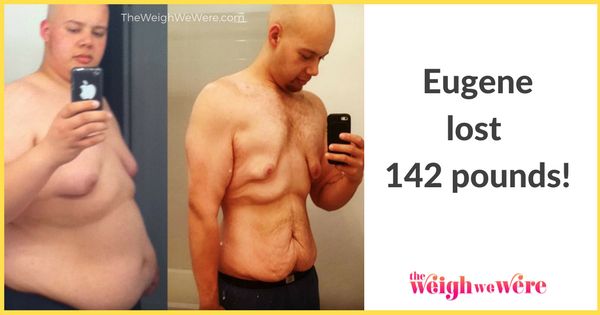 Egg dishes - scrambled eggs, poached eggs or simply boiled ones are an excellent meal, provided that the child is not allergic to these products (for nursing mothers).
Egg dishes - scrambled eggs, poached eggs or simply boiled ones are an excellent meal, provided that the child is not allergic to these products (for nursing mothers).
Various types of stewed and raw vegetables will also help to reduce weight and diversify the diet. A small amount of fast carbohydrates must be in the slimming diet - these are fruits, biscuit cookies, sugar or honey (taking into account individual tolerance). The total amount of fast carbohydrates per day should be from 30 to 50 g in terms of the content in 100 g of the product.
And of course, it is necessary to drink water and weak tea. The amount of fluid depends on the woman's body weight, whether there is lactation or not. It can be from 1.5 to 2.5 liters per day. Excess water is not healthy, as it creates an excessive load on the heart, so listen to your body and drink wisely. Walking, swimming, Pilates and stretching will be an excellent addition to the nutrition program and a source of inspiration for correcting the emotional background.
how to lose weight after caesarean, while breastfeeding, effective methods, how much it costs
Yulia Shubina
lost weight after childbirth
During my pregnancy I gained 17 kg.
I got pregnant at 25. My weight was 55 kg, and with a height of 165 cm, I felt overweight. Before pregnancy, I tried fasting and going to the gym, but this did not help to lose weight. Having become pregnant, I was afraid to harm the child and did not limit myself in food at all. Yes, and the gynecologist advised me to eat more meat.
I quickly gained weight, but my mother and friends said that after giving birth it would drop by itself, so I didn't worry. As a result, she went into labor with a weight of 72 kg. Such an increase was normal, especially taking into account polyhydramnios - this is when the waters in which the child is located are more than normal.
After giving birth, my weight at first really quickly went away: I was discharged from the hospital with 68 kg, and a month later I weighed 59 kg, although I didn’t diet and didn’t go in for sports.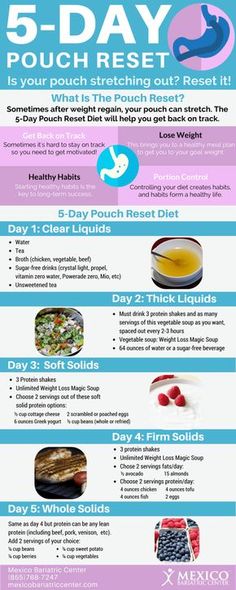 But then I suddenly started to get better and quickly began to weigh 64 kg.
But then I suddenly started to get better and quickly began to weigh 64 kg.
For the next year and a half, I studied at the Sekta online school, went to a personal trainer, took weight loss marathons and ordered ready-made rations. Now my weight is 56.6 kg. I tell you what helped me to come to him, and what turned out to be useless.
I spent 172,180 R on weight loss in a year and a half
| A year of training with a personal trainer | 120 000 R |
| Annual subscription to the fitness club | 25 200 R |
| 3 weeks 1500 kcal prepared meals | 10 580 Р |
| 6 weeks online course for mothers at the Sekta school | 7900 P |
| Marathon "Date with the body" | 4000 R |
| Blood test for vitamin deficiency | 3184 P |
| Vitamin D3 | 867 Р |
| Svetlana Bronnikova's book "Intuitive Eating" | 449 Р |
| 3 trial lessons of the Marathon "Slimness Matrix" | Free |
Training with a personal coach
120 000 R
An annual subscription to fitness-club
25 200 r
3 weeks of ready diets for 1500 kcal
10 580 p
9000 6 weeks of the online course for mothers for mothers at the Sekta school7900 R
Marathon "Date with the body"
4000 R
Blood test for the lack of vitamins
3184 r
Vitamin D3
867 R
Book Bronnikova Bronnikova “Intuitive Nutrition”
449 P
3 Marathon Marathon “Slenderness Matrix”
| A day before giving birth, I looked like an inflatable pool on legs | And this is me now. A year and a half has passed since the birth A year and a half has passed since the birth |
I heard that a woman quickly loses weight during lactation. I also breastfed my daughter, and gave the mixture only a couple of times a day, but this did not save me. Then I conducted a poll on my Instagram account: "Who gained weight on GW, like me?" - and 47 out of 99 subscribers answered "I". So I wasn't the only one.
I don’t know about others, but I connected my misfortune with two things: the consequences of the diet that I went on a month after giving birth, and birth control pills.
"Yo-yo effect" after the diet. In the first time after childbirth, I ate as plentifully as during pregnancy. For breakfast I ate four slices of bread with butter, cheese and avocado, for lunch I had a large portion of pasta with boiled chicken and vegetables, and for dinner I had fatty cottage cheese and fruit purees. But when the weight stopped burning and stopped at 59 kg, I decided to go on an oatmeal diet. It consisted of eating only oatmeal for a couple of weeks. I will say right away: it was a very bad idea, I do not recommend anyone to do this.
But when the weight stopped burning and stopped at 59 kg, I decided to go on an oatmeal diet. It consisted of eating only oatmeal for a couple of weeks. I will say right away: it was a very bad idea, I do not recommend anyone to do this.
/hidden-food/
“I think diets are evil”: 8 simple tips for those who want to eat right
I didn’t think that I had already tried fasting, but then I always broke down and became even more stout. In addition, I did not take into account that now I am breastfeeding, so the body needs a lot of nutrients. As a result, I sat on this diet for two days, and by the evening of the second, I had a terrible tantrum from hunger. My husband force-fed me pasta and sent me to bed.
But the worst thing is that my body felt something was wrong during these two days, so the “yo-yo effect” worked: my weight soared just like a yo-yo toy, and in a week I gained 5 kg.
Hormonal contraceptives. I had a caesarean section.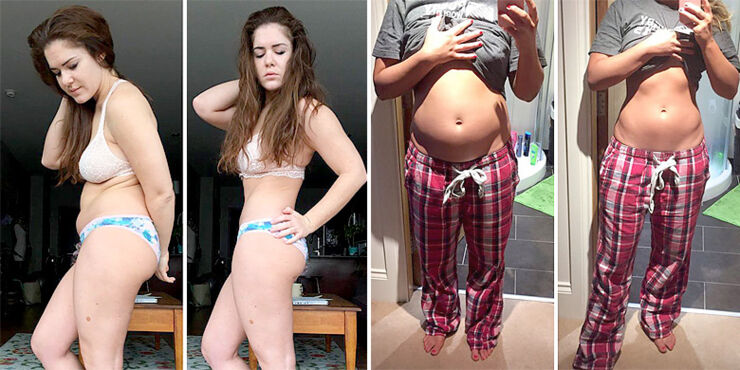 After him, the doctor forbade me to become pregnant for two years and prescribed Charozetta tablets - oral contraceptives that can be taken by nursing mothers.
After him, the doctor forbade me to become pregnant for two years and prescribed Charozetta tablets - oral contraceptives that can be taken by nursing mothers.
Instructions for "Charosetta" - "366-ru"
The instructions say that one of the most common side effects of "Charosetta" is an increase in body weight. More than 2.5% of women on whom the drug was tested suffer from this. I was also unlucky.
In general, when my daughter was three months old, I realized that the weight would not go away on its own, and decided to fight it. The first thing I tried was an online course at the Sekta Ideal Body School.
How I studied in the "Sect"
Once I already studied in the "Sect" on a regular program. True, I then trained irregularly and violated the diet, but still lost 2 kg in a month. Now I have chosen the #Sektamama fitness course for moms. I explain why I liked it at first, what I did there and why I didn’t go through it to the end.
What attracted the school and the course.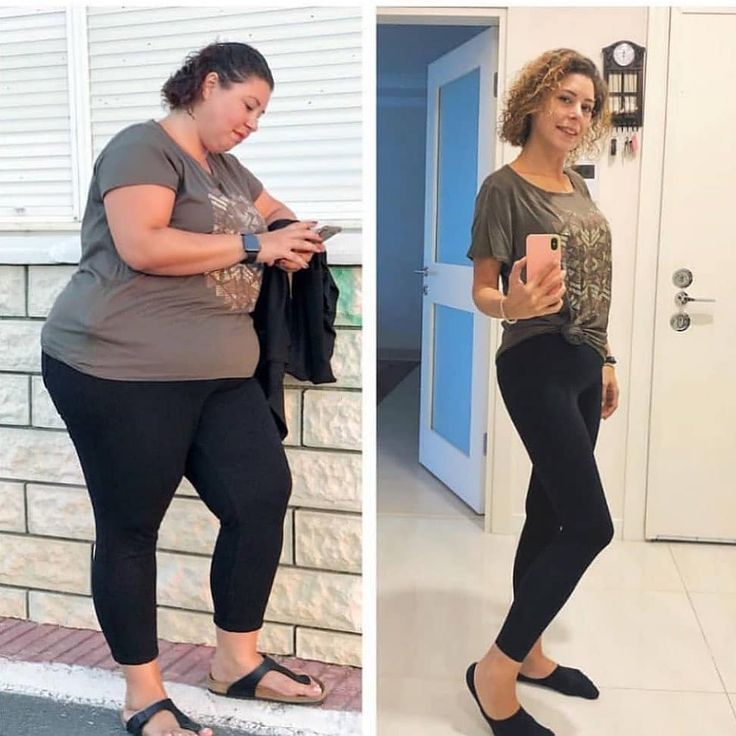 I already knew that the ideology of the school is based on the fact that each person has his own ideal form. And the instructors take it into account when they select the diet and load for the participants. In addition, the "Sect" had a large scientific department, where the issues of physical form, the psychology of losing weight, permissible loads, proper nutrition and motivation were examined in great detail.
I already knew that the ideology of the school is based on the fact that each person has his own ideal form. And the instructors take it into account when they select the diet and load for the participants. In addition, the "Sect" had a large scientific department, where the issues of physical form, the psychology of losing weight, permissible loads, proper nutrition and motivation were examined in great detail.
At first, I liked that Sekt has a support chat and a curator who motivates the participants. And the #Sektamama course itself promised a lot of useful things for moms: consultations with a breastfeeding specialist, tips on how to organize complementary foods and sleep patterns, and much more.
In general, I paid 1350 R for the first week out of ten and started studying. The curator added me to the group chat and gave me access to the platform with tasks - then every Monday they came to my personal account. But first, I had to fill out a medical questionnaire.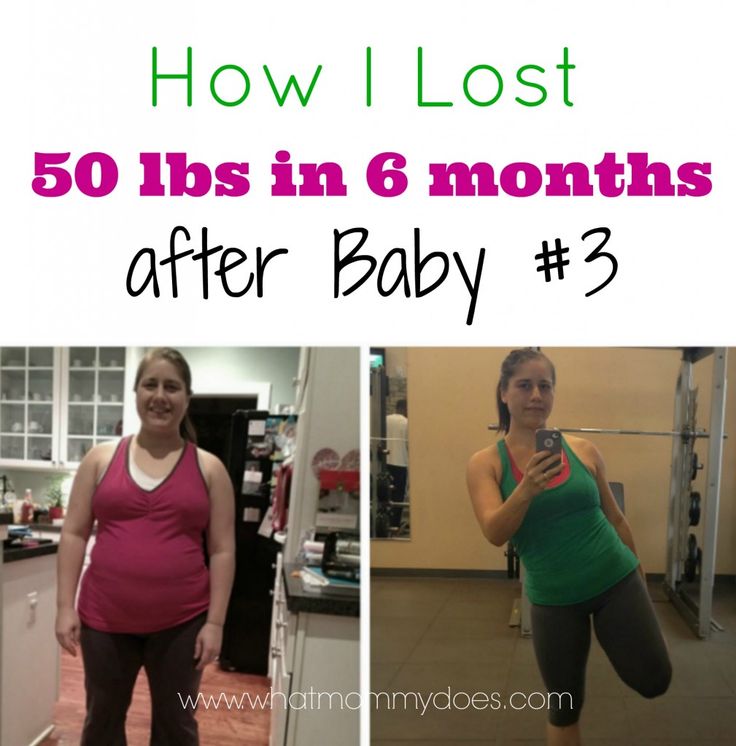
Free trial day #Sektamama
This is how the curator welcomed all new members - there were 15 of them in my group. The message looked upliftingMedical questionnaire had several dozen questions about my physical condition, the age of the child, pregnancy and childbirth. I remember these:
- Did you have a cesarean or did you have a vaginal delivery?
- How was the postpartum period and are you breastfeeding?
- What time do you go to bed and get up?
- Where and what do you work for?
- What does your diet look like? Does it happen that you overeat? Do you have food allergies?
- Have you ever played sports? Have you tried diets and fasting?
- Why do you think you got better?
I liked that this data was not collected for show, but was really analyzed. It was not in vain that I was assigned to a group for mothers after a caesarean and some exercises were excluded. For example, those that are impossible with diastasis - the divergence of the rectus abdominis muscles: if it is wrong to pump the press during diastasis, the muscles will disperse even more, and the stomach will increase.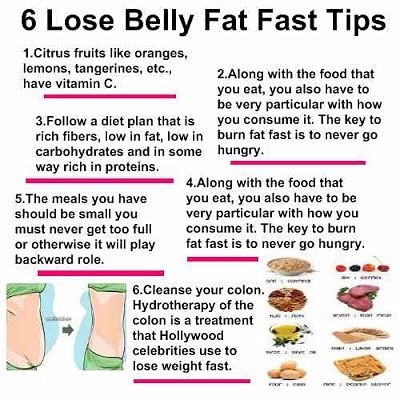
/dietolog/
How much does it cost to draw up a nutrition program with a nutritionist
Based on the questionnaire, I was also suspected of having an eating disorder. And the curator connected me with a consultant psychologist for weight adjustment.
How I was tested for eating disorders. The counselor sent me an eating disorder test - basically another questionnaire. There were questions like these: do I separate products into harmful and useful? Do thoughts about food often prevent me from focusing on my daily activities? Have I been overeating lately? Did I eat in secret?
Free Eating Disorder Test
Eating Behavior Questionnaire
As a result, the consultant did not find an eating disorder in me. I agreed with her, but I think my relationship with food was still not healthy. I often felt ashamed of myself for what I ate and felt weak because I couldn't diet. It also seemed to me that I had no willpower.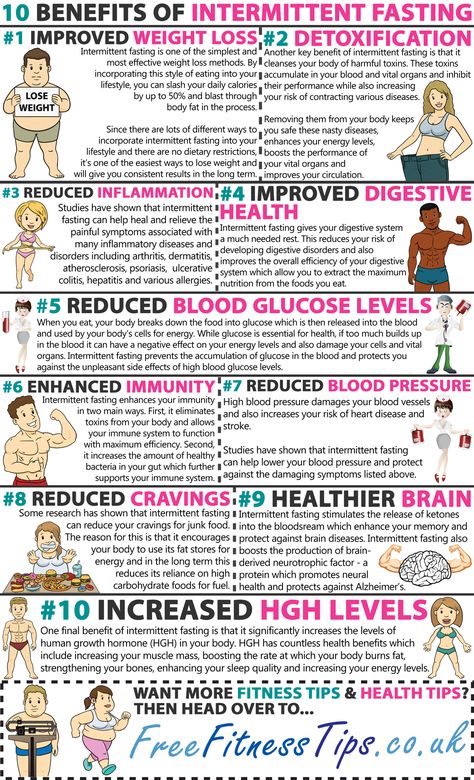
Unfortunately, it all got worse when I received my first diet assignment from Sect. And most importantly, I did not like the reaction of the curator when I shared my feelings with her.
The first task for diet was to eliminate everything salty and sweet from the diet for a week. The point is this: there are a lot of spices and flavor enhancers in industrial food, and because of this, we stop feeling the natural taste of products. Ordinary food seems insipid, although in fact the same apples, bananas and even oatmeal are sweet and without sugar. In general, the task was to “cleanse” the taste buds.
I like salty more than sweet and thought I could go a week without sugar without any problems. But in the end it only lasted two days. By the end of the second, I felt weak, then I began to feel sick, my head was spinning and my hands were shaking. I did not connect it with the task, because I ate fruits, and they contain fructose, a natural sugar.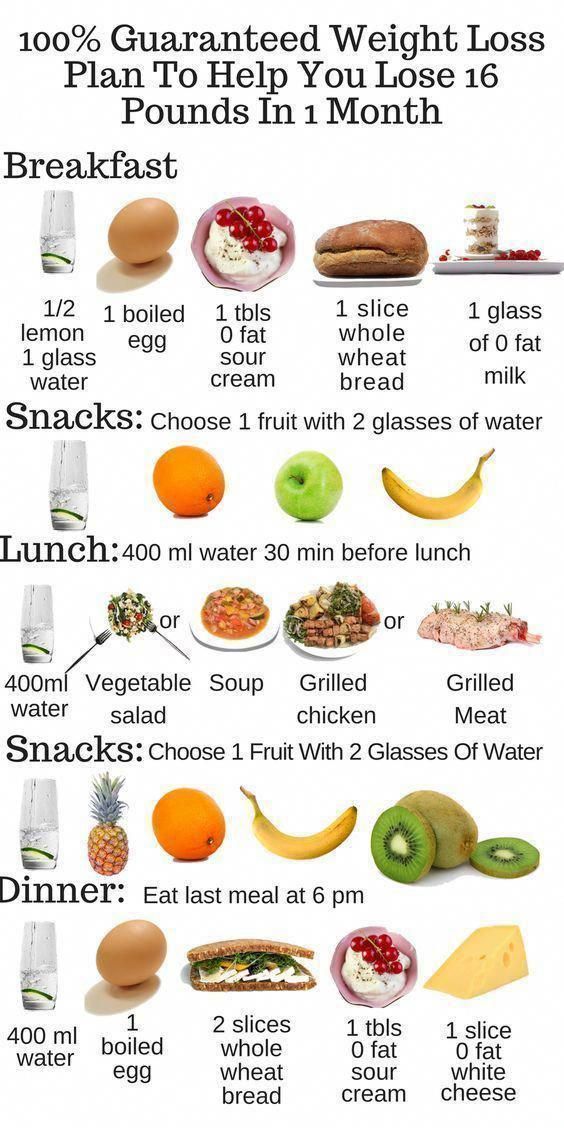 So I decided to just lie down.
So I decided to just lie down.
/list/healthy-eating-myths/
No Sugar or Carbohydrates: 6 Healthy Eating Myths
The malaise did not go away the next day. I told my friends and my mother about this, and they advised me to break the diet and eat sweets. But I decided not to give up and wrote to the curator.
At first, the task did not frighten me. I even posted a story about myself in the general chat and showed a photo of dishes without salt and sugar - this was part of the task. But then my enthusiasm fadedHow the curator reacted to my complaints. I hoped that the curator would support me, and she really answered in a friendly way and advised me to eat an apple. But this did not help, and the next day I had to be alone with my daughter - carry her in my arms, change clothes and feed - and my hands were shaking.
I had already decided that I would eat sweets, but just in case, I wrote to the curator again.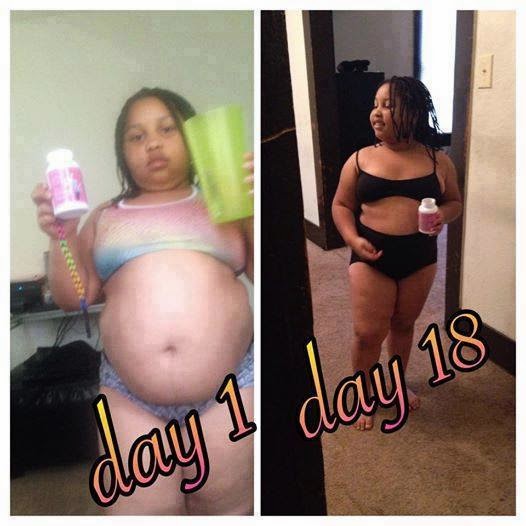 She replied something like: "Try to endure." I understood that this was how she motivated me not to deviate from the program, but she got terribly angry. I couldn’t even sit, let alone carry my daughter, and I thought that the reason for this was precisely the lack of sugar.
She replied something like: "Try to endure." I understood that this was how she motivated me not to deviate from the program, but she got terribly angry. I couldn’t even sit, let alone carry my daughter, and I thought that the reason for this was precisely the lack of sugar.
At the same time, the messages of other students in the chat began to piss me off. Especially when one of them wrote that oatmeal is actually sweet and now she doesn't want any candy. In general, I agree with this, and now I also sometimes have breakfast not with a donut, but with oatmeal with berries. But then it pissed me off.
/eat-well/
Primitive diet, avocados and mucus: 7 questions with answers about proper nutrition
I don’t remember if I finally told the curator that I would eat sugar. It seems not. But from that moment on, dissatisfaction with the program began to grow. And I made sure that for me a categorical ban is a bad way to work on a figure.
However, I didn't drop out of school because I really enjoyed the exercise tasks.
Physical activity. Every day except Sunday, we received two workout videos. The first was called "morning work", and it had to be done in the morning, like exercises. It was short - 10-15 minutes. And in the second video there was a main workout for 20-60 minutes, and it had to be done in the afternoon or evening. So I systematically went in for sports for the first time.
The load was varied: sometimes Pilates, sometimes dancing or just fitness. And at the very beginning, there was generally something like therapeutic exercises, where I breathed, raised my hands and bent over.
The videos were well filmed and the lessons were taught by three trainers at once. The first one explained how to do the exercise, the second one showed it, and the third one demonstrated alternative exercises. Let's say if you have problems with your back or knees, then you could not jump, but walk.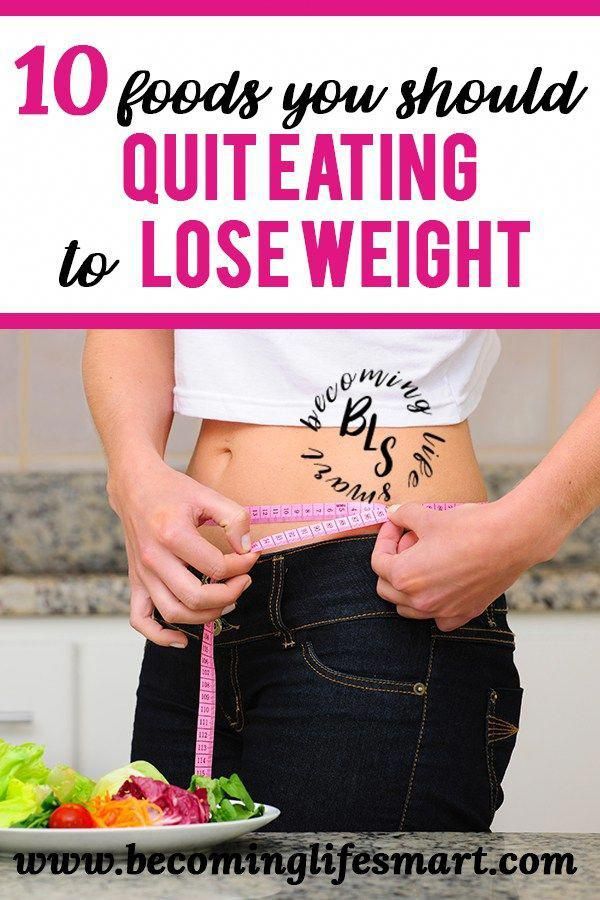
/eda-uchebnik/
How to eat tasty and healthy
I liked that the coaches also got tired, blushed, sweated, and sometimes made mistakes or forgot something - and this was not cut out during editing. The school showed them as ordinary people, not ideal athletes, as in many videos from the Internet.
In general, I am grateful to the "Sect" for these classes - because of them, I stayed there for six weeks out of ten. But the disadvantages of the school outweighed anyway, and I left there.
In the first week, the workouts were simple, then they became more difficult. Source: sektaschool.ru This is how the school suggested marking which good habits are taking root in us and which are not. I never missed a workout. Source: sektaschool.ru Why didn't I finish the course. I left for two reasons: the tasks on the diet did not suit me, and I still did not establish contact with the curator and other participants.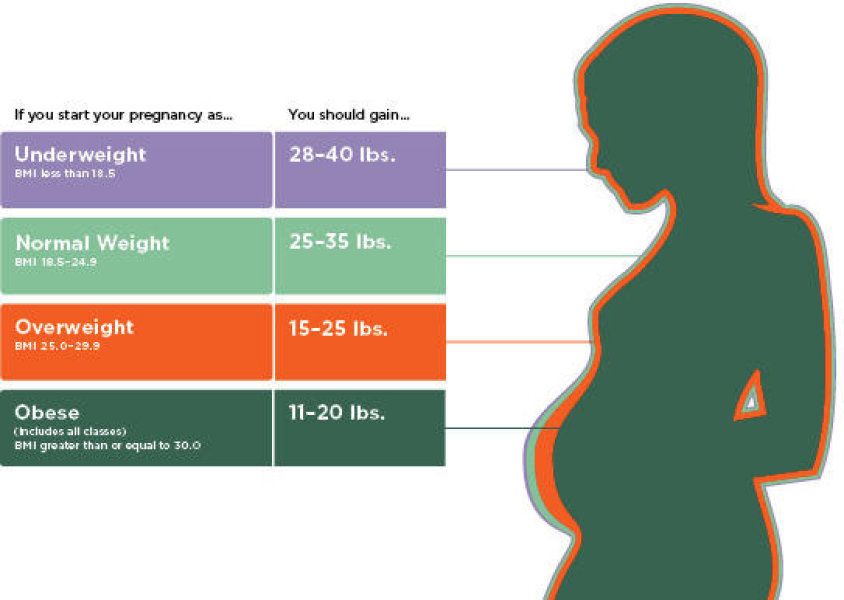 Both were interconnected.
Both were interconnected.
Many diet tasks needed to be discussed in chat. We had to keep a food diary - write down everything we ate during the day. At first, I simply omitted all breakdowns, fast food and sweets, and then I completely stopped imitating that I was on a diet.
I was warned that I could be "punished" for this - disconnected from the chat and deprived of the curator. I said let them turn it off right away: the chat annoyed me terribly. In addition to nutrition, they also discussed maternal time management. For example, how to find half an hour not only for a shower, but also for an anti-cellulite massage with a dry brush. And I didn't have that half an hour.
I also reluctantly answered the curator's questions about how I was feeling. Although, in general, the curators did a good job: they gave advice on nutrition, psychology, and training techniques. It’s just that they didn’t always suit me: I didn’t want to artificially limit the diet. In general, the support of the curator and other mothers only slowed me down.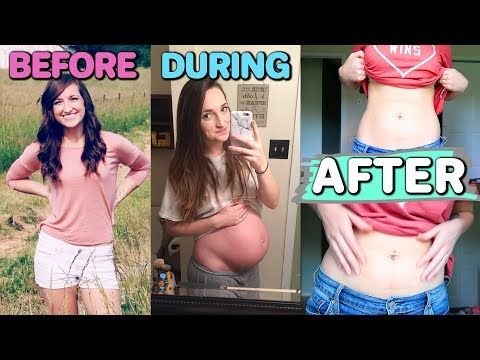
When I was disconnected, I was both happy and angry. I didn't want to be "punished" for my own money, and they didn't warn me at the start that this could happen. They also reduced my fee by 100 R per week: I began to pay not 1350 R, but 1250 R. I didn’t know that this was possible either - otherwise I would have switched to such a tariff a long time ago.
Without a curator or a chat, I stayed on the course for another two weeks. Tasks still came to my personal account, but I already realized that I needed something else.
What the school gave me. I don't blame the school, they did a lot to make the participants feel comfortable. For example, we were never told to eat less or go hungry. And somehow we were asked to count calories in dishes all week, but they emphasized that this should not be abused.
Six weeks at school cost me 7900 R. I didn’t lose a single gram, but I systematically went in for sports and clearly became stronger. Plus, my back stopped hurting, which has been bothering me since childbirth.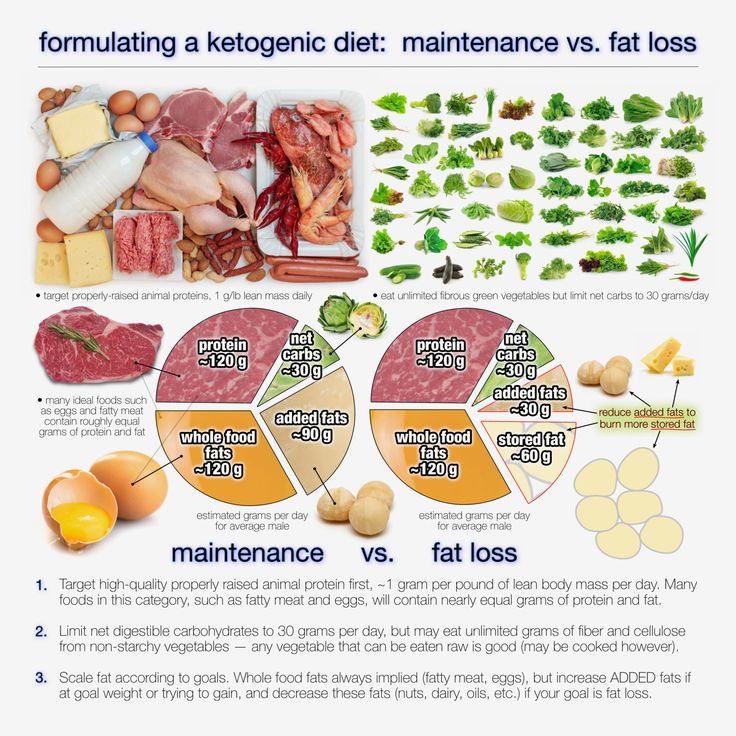
7900 R
I paid for a six-week course at Sekt
Thanks to the school, I subsequently revised my diet and began to eat healthier food: cereals for breakfast, protein, carbohydrates and vegetables for lunch, and dinner is just protein and vegetables.
In a word, the approach of this school just did not suit me, but in general it was good. After it, for several months I did not want to experiment with nutrition, but I signed up for training with a personal trainer.
bordered
How I went to fitness
There is a Fitness Territory center not far from my house. Before pregnancy, I bought a group training subscription there twice, but often missed them: I could go two or three times a week, and then disappear for a couple of months. So they did not give any result.
Now I did not rely on my consciousness, besides, I thought that I was too weak for group classes.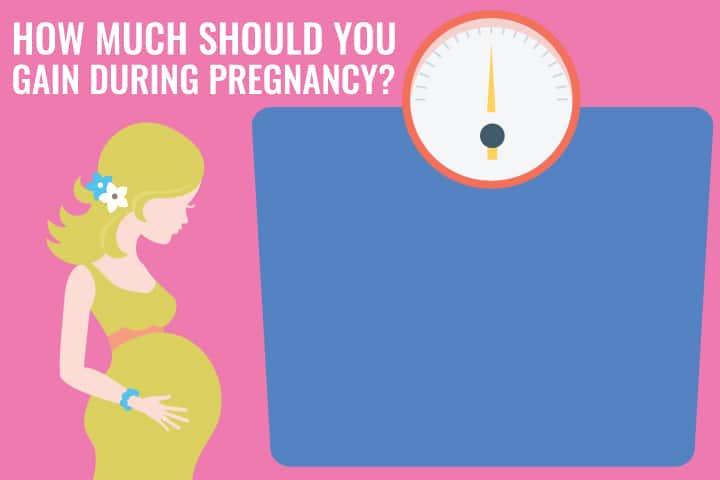 Plus, I was afraid to get to a trainer who does not know how to work with women after cesarean, with diastasis and severe scoliosis. Therefore, I bought an annual subscription for 25,200 R, and decided to work out with a personal trainer. Four individual workouts per month cost 10,000 RUR.
Plus, I was afraid to get to a trainer who does not know how to work with women after cesarean, with diastasis and severe scoliosis. Therefore, I bought an annual subscription for 25,200 R, and decided to work out with a personal trainer. Four individual workouts per month cost 10,000 RUR.
The subscription gave access to the club's halls. There were a variety of simulators: from simple ones like a treadmill and a bicycle to more complex ones - vertical and horizontal bench press, rowing and others. There were also mats, elastic bands, bodybars, dumbbells and much more. The only thing missing from the club was a pool.
The subscription included group trainings, but I did not attend them: it was inconvenient for me to call and sign up every week. But I myself worked out on the simulators, went to the sauna and hammam once a month and had a massage once - this was a bonus to the subscription.
The club had a lot of exercise machines and there were never queues. Source: terfit.ru This is a power zone. It was possible to choose a simulator for any task. Source: terfit.ru
Source: terfit.ru This is a power zone. It was possible to choose a simulator for any task. Source: terfit.ru How I worked out with a coach. I immediately asked for a specialist who had already worked with women after cesarean. She warned me that I needed help with motivation, but at the same time I did not want to overload.
The coach I was assigned to turned out to be a true professional. She knew a lot about the structure of the body after childbirth, understood psychology and managed to find an approach to me. For example, she didn’t force me to train through “I can’t” and easily let go if I urgently needed to see my daughter.
The trainer chose the right load for me. For example, I didn’t ask to jump because I have scoliosis. I also have a weak back, and I did exercises on the floor in a simplified version. And because of my diastasis, we missed crunches. In addition, the coach simplified the load if I was out of shape. For example, after a sleepless night when the baby was teething.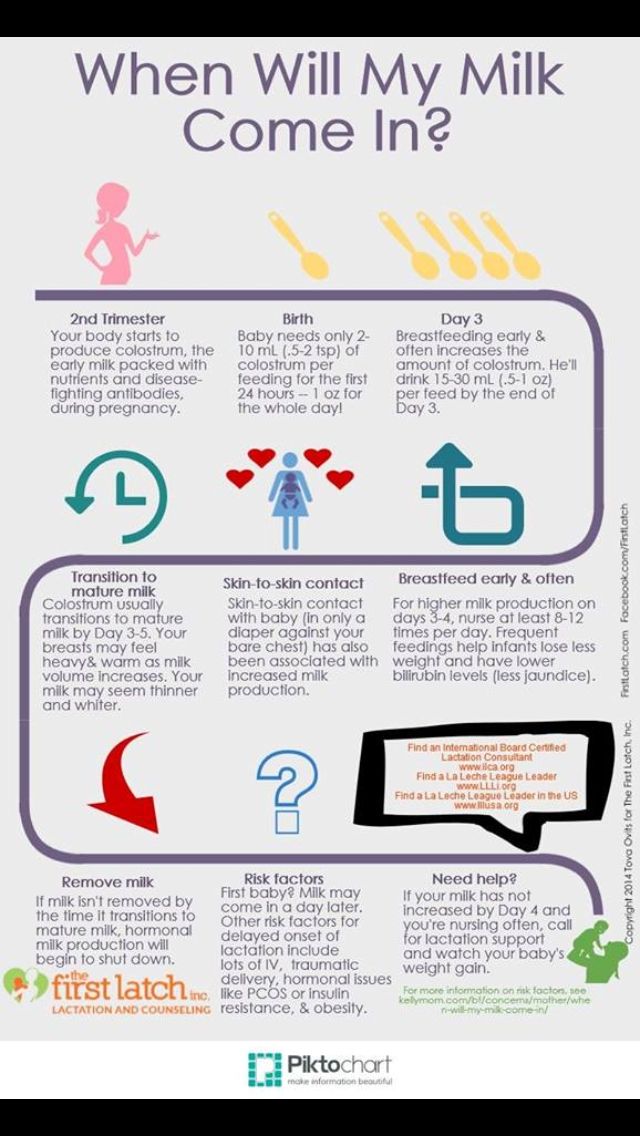
But it was especially valuable that it helped me replenish the supply of vitamins in my body.
How we made up for the lack of vitamins. I worked out consistently once a week, and that was progress. But I often asked to replace the exercises with simpler ones and constantly wanted to sleep. With a small child, this state of affairs seemed normal to me, but the coach said that this was not so. She advised me to take tests for vitamins and trace elements and send her the results.
/guide/vitamins/
Vitamins: what foods contain and how to take supplements
I chose the comprehensive blood test "Causes of Overwork and Fatigue" in the Lab4you laboratory. It cost 3184 R. Blood was checked for glucose levels, vitamins D, B12 and other components.
As a result, I found out that I have a severe lack of vitamin D: the norm is 30-100 ng/ml of blood, and I had only 13 ng. The trainer said that it reduces my stamina, even if I get enough sleep.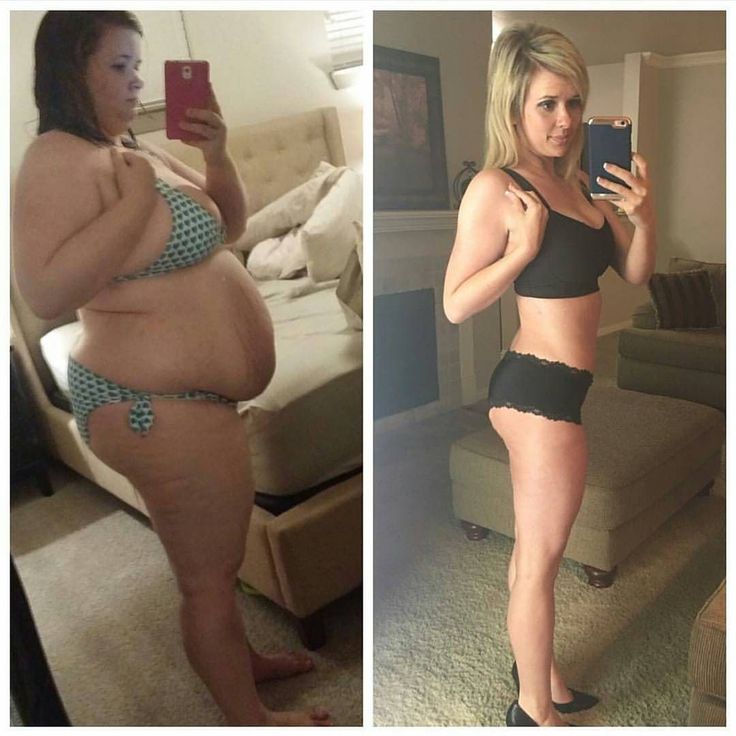 And she advised me to drink Doctor's Best vitamin D3 - I bought it at Aicherb for 867 R.
And she advised me to drink Doctor's Best vitamin D3 - I bought it at Aicherb for 867 R.
After a three-month course, I felt better and became less tired during training. Previously, I had enough for two or three circles of exercises, and now I did four or five. As a result, in the first three months I lost 3 kg and began to weigh 61 kg. I owe this to the coach. Thanks to her, I still go to the gym and do not miss classes.
But in addition, I decided to improve my diet and started ordering ready-made rations.
How I ordered healthy ready-to-eat rations
I ate sweets three times a day, with each meal, and the calories were high. I did not know how to reduce it, and I tried ready-to-eat diets from Level Kitchen. True, it only took me three weeks.
I tell you what their essence is and what I did not like about them.
What is the essence of diets. On the site, I had to choose the appropriate number of calories that I want to consume per day.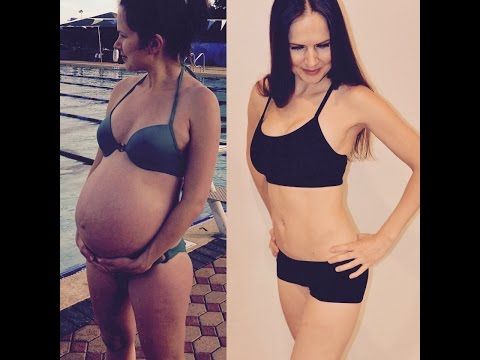 Depending on this, the service offered different menu options.
Depending on this, the service offered different menu options.
The trainer said that a diet of 1500 kcal per day would be fine for me. I paid 10,580 R three weeks in advance, and every two days they began to bring me rations of exactly this calorie content. These were ready-to-eat meals that needed only to be reheated.
10,580 Р
I paid for the delivery of ready-made meals
The creators of the diets promised that girls could lose 5 kg of weight on them per month. Source: levelkitchen.comThere were five meals each day: breakfast, lunch, dinner, and two snacks. The menu was varied: with meat, chicken, fish and various side dishes. Plus, it included vegetables, fruits, and even PP desserts - sweets for proper nutrition. For example, the cream in them was replaced with cottage cheese.
Sometimes there were very interesting dishes like PP shawarma or PP burrito. The composition in them was more useful than in ordinary ones.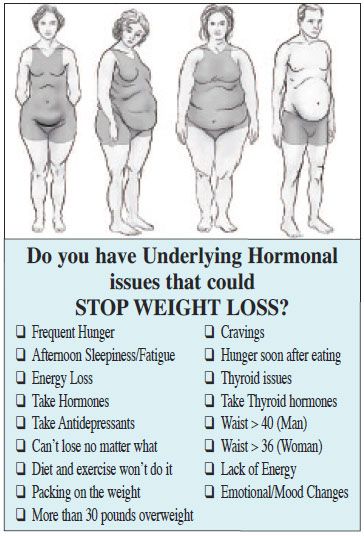 For example, instead of mayonnaise and ketchup, tomato paste, cottage cheese or low-fat sour cream were added to the sauce. And there were a lot of restaurant-level dishes on the menu that looked very appetizing. In a word, I liked the idea of diets, but in the end they still didn’t suit me.
For example, instead of mayonnaise and ketchup, tomato paste, cottage cheese or low-fat sour cream were added to the sauce. And there were a lot of restaurant-level dishes on the menu that looked very appetizing. In a word, I liked the idea of diets, but in the end they still didn’t suit me.
Why the rations did not suit me. It depressed me that I could not choose my own dishes - the menu was strictly scheduled. And sometimes they also combined strangely: once my dinner consisted of a cutlet, pearl barley and currant jam.
Despite the beautiful appearance, the food from the rations turned out to be tasteless and insipid - I ate it without pleasure. And most importantly, the portions were ridiculous in size, because each had about 300 kcal.
In two days on diets, I again became angry from hunger, and my strength disappeared. 1500 kcal per day was clearly not enough for me, so then I began to add vegetables, cereals and meat to my diet. But one day I still broke down and ate sushi for the night.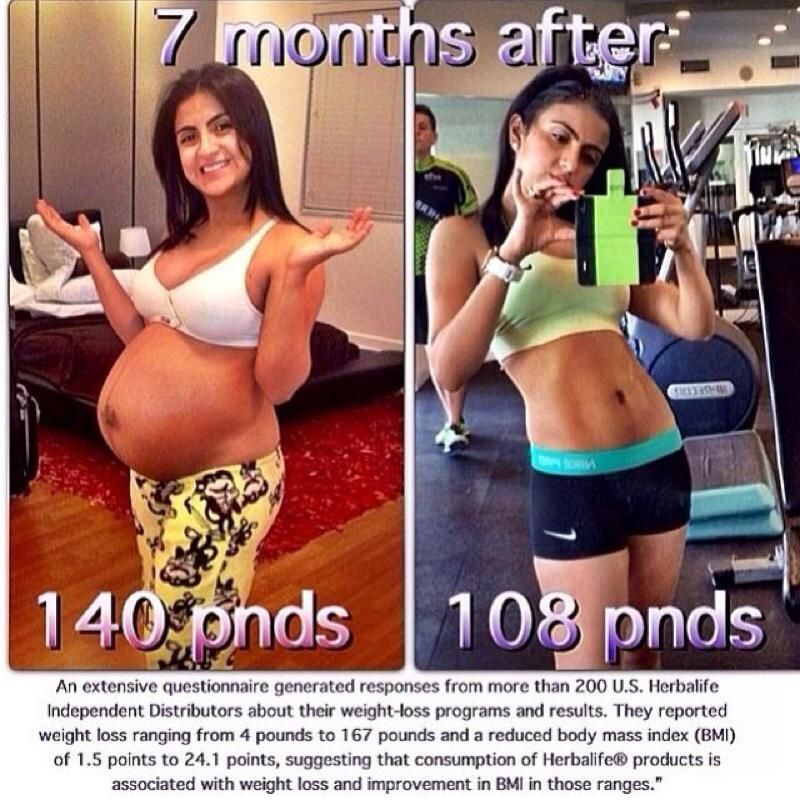 At that moment, I realized that I no longer want to limit myself to food. I used to diet a lot, but at 27 and with a baby it was impossible.
At that moment, I realized that I no longer want to limit myself to food. I used to diet a lot, but at 27 and with a baby it was impossible.
/diet-menu/
Is it profitable to eat ready-to-eat diet meals
I was also annoyed that jars of diets took up the entire refrigerator: even small buns were in separate bags or boxes. Plus, I was horrified that I would harm the environment with such an amount of plastic.
In general, after three weeks I did not renew my subscription: ready-made rations were clearly not my story. Instead, I became interested in the psychology of eating behavior, began to read articles about it and participate in online marathons.
| This is a cheese pie that I was supposed to eat for lunch. I photographed the hand for scale | By the end of the experiment, I had lost another 1 kg and already weighed 59.9 kg |
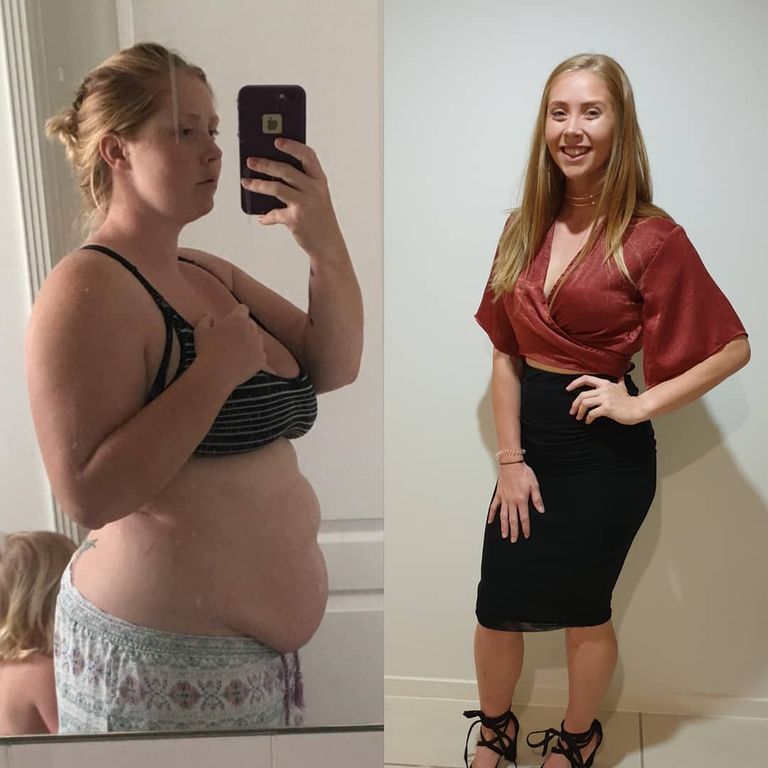 I photographed my hand for scale By the end of the experiment, I lost another 1 kg and already weighed 59.9 kg
I photographed my hand for scale By the end of the experiment, I lost another 1 kg and already weighed 59.9 kg How I studied the psychology of my eating behavior
At first I became interested in the topic of intuitive eating - I read many articles about it and bought a book. Then there was a marathon "Date with the body" by coach Elena Blinovskaya. And then I took three trial lessons of a similar marathon - "The Matrix of Harmony" by psychologist Anna Kalanternaya. I share what I learned from them.
Intuitive Eating Resources. The theory of intuitive eating in Russia is being developed by psychologist Svetlana Bronnikova. Its essence is that our body is supposedly endowed with intuition from birth and can choose the food that is needed at the moment.
Checklist: 10 things that await a person on intuitive nutrition - Wonderzine
Method of intuitive eating - weight loss center "Doctor Bormental"
This was vividly illustrated by my daughter: she always knew what she would eat and what not, and in what combination.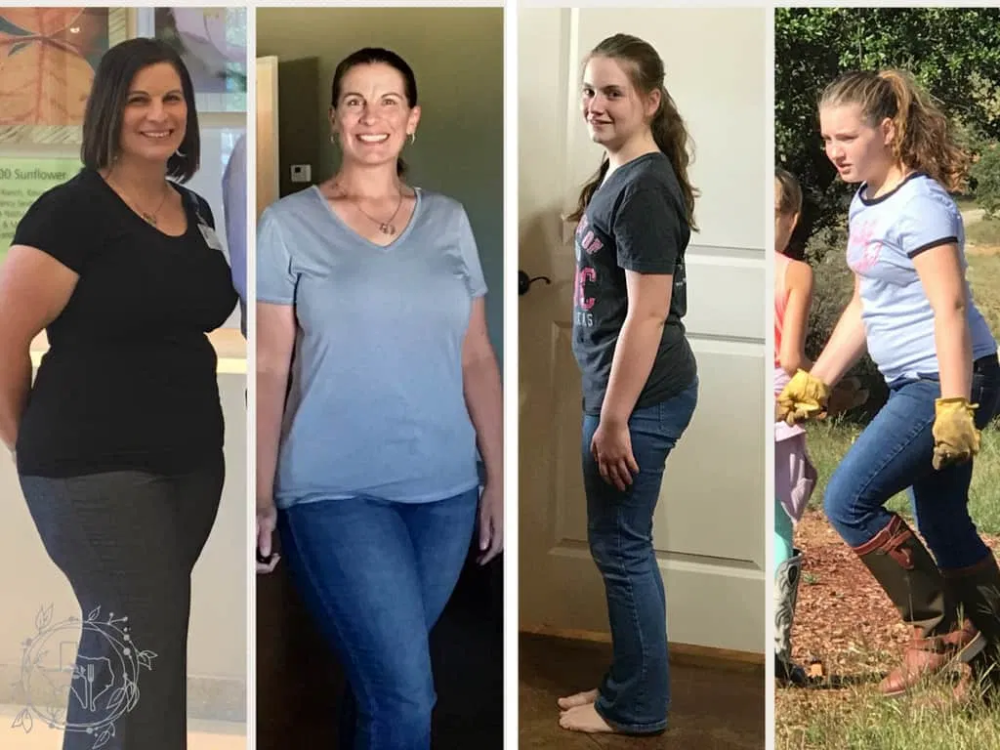 Sometimes, between cottage cheese, sweet puree and broccoli, she chose the tasteless broccoli. And sometimes she demanded strawberries for a cutlet.
Sometimes, between cottage cheese, sweet puree and broccoli, she chose the tasteless broccoli. And sometimes she demanded strawberries for a cutlet.
I read articles about intuitive eating on the Internet and realized that it might work for me. And then I bought Bronnikova's book "Intuitive Eating" for 449 R, but I never read it. By that time, I was carried away by marathons, and there this food was also mentioned.
7 Intuitive Eating Principles to Help You Lose Weight Without Dieting - Lifehacker
Intuitive Eating. How to stop worrying about food and lose weight - book by Svetlana Bronnikova
Marathon "Date with the body" by Elena Blinovskaya was held in the telegram channel: every three or four days the author posted audio lessons and assignments. They dealt with all problems with the body: psychosomatic illnesses, insomnia, panic attacks. But the topics of weight and nutrition were important to me.
I learned that when we overeat, we gain more weight not from calories, but from paying attention to it.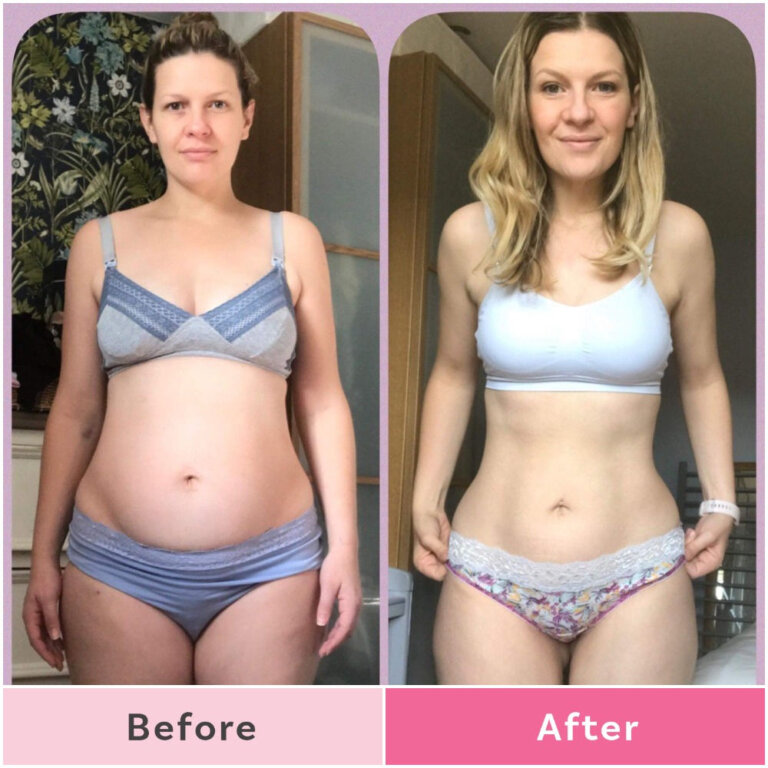 We think: "I overate and now I'll get better!" - that's what happens. Blinovskaya advised not to execute yourself if you overate, but to accept this fact and not get hung up. I started doing that too.
We think: "I overate and now I'll get better!" - that's what happens. Blinovskaya advised not to execute yourself if you overate, but to accept this fact and not get hung up. I started doing that too.
Every problem also has "hidden benefits" - reasons why it is beneficial for us not to solve it. For me, being overweight was a reason to be lazy and give up activities: walking with my daughter, cleaning, and so on. This, too, had to be accepted and not scolded for it. When you know the reason, it is easier to solve the problem.
Plus, Blinovskaya advised me to constantly take care of myself: sleep, eat healthy and tasty food, play sports that I like, and go for beauty treatments. So I signed up for a massage and stopped saving on manicures.
The marathon lasted four weeks and cost 4000 R. I think that I invested money in it for good reason, because as a result I became less likely to overeat. And to learn more about the psychology of nutrition, I decided to go through another marathon - "The Slimness Matrix". But I managed only with trial lessons.
But I managed only with trial lessons.
4000 R
I paid for participation in the marathon
Marathon "Slimness Matrix" was led by psychologist Anna Kalanternaya. At the beginning of the marathon, you had to measure your parameters and weigh yourself, and then not do this until the very end
The program was designed for one, two or three months and cost 6,000 R, 10,000 R or 15,000 R depending on this. But I listened to three free trial lessons and decided that I had received enough information.
Trial lessons of the marathon were held in Telegram, just like at Blinovskaya. From them, I learned that it is quite possible to eat everything and at the same time lose weight. The main thing is to understand when I really want to eat, what and in what quantity. Suppose thirst is easily mistaken for hunger, and sometimes we just eat for company.
To fight this, you need to listen to your body's signals and not eat when you don't feel like it.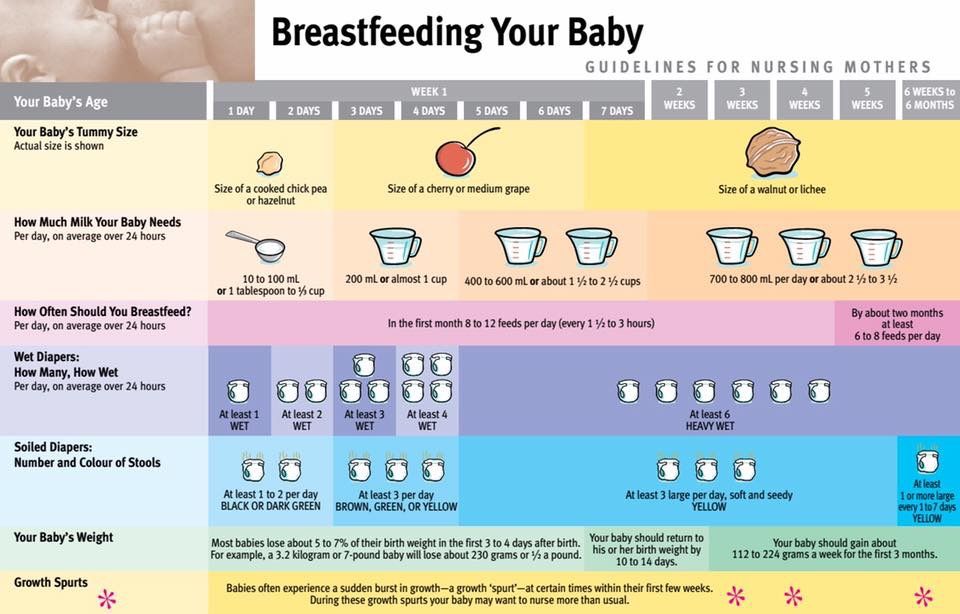 After all, food is a physiological need, like, for example, the desire to go to the toilet. When meeting with a friend, you are unlikely to go to the toilet with her for company, but you can easily eat a cake.
After all, food is a physiological need, like, for example, the desire to go to the toilet. When meeting with a friend, you are unlikely to go to the toilet with her for company, but you can easily eat a cake.
After three marathon lessons, I also began to listen to my body. For example, for a whole week I ate the same strange mixture for breakfast: scrambled eggs, cilantro, corn, hummus and cereal bread, because my body demanded it. I also stopped eating when I wasn't hungry. In general, even these trial classes gave me a good result.
What is the result
Now, a year and a half after giving birth, I finally stopped worrying about weight and nutrition. I didn’t weigh myself all summer of 2021, but just continued to go to sports and listened to the needs of my body. Only during the July heat did I take a break in the hall, and in August we went on vacation. However, my weight still dropped. In September, when I returned to the gym, I already weighed 58 kg. In early October, I saw 56.